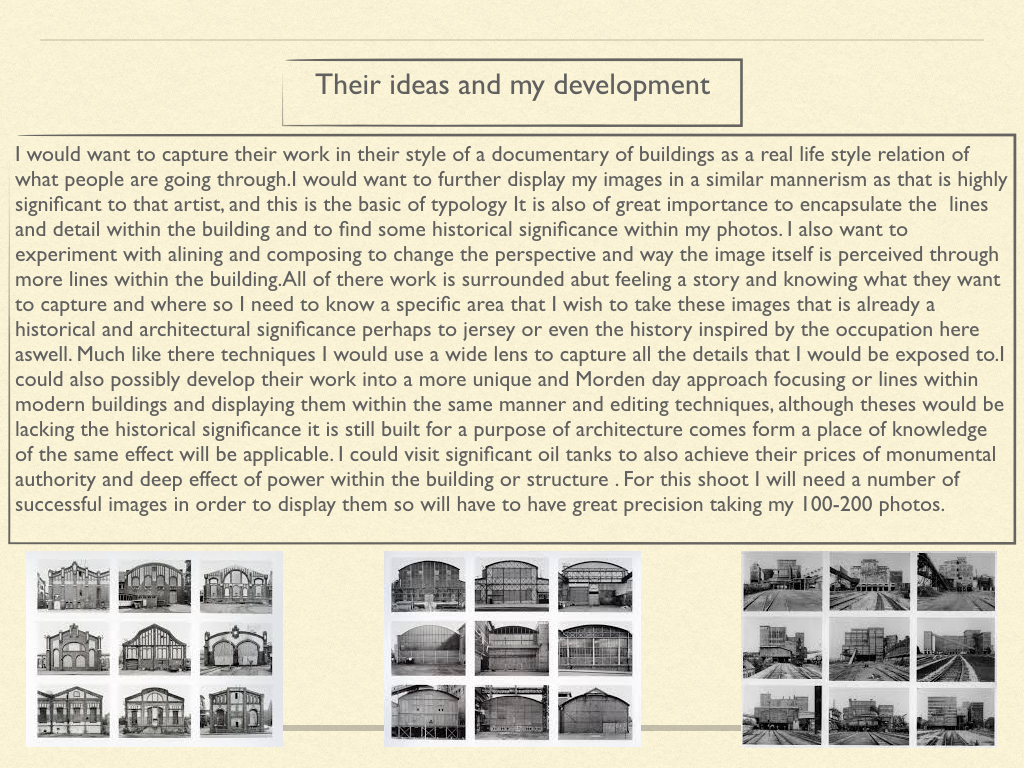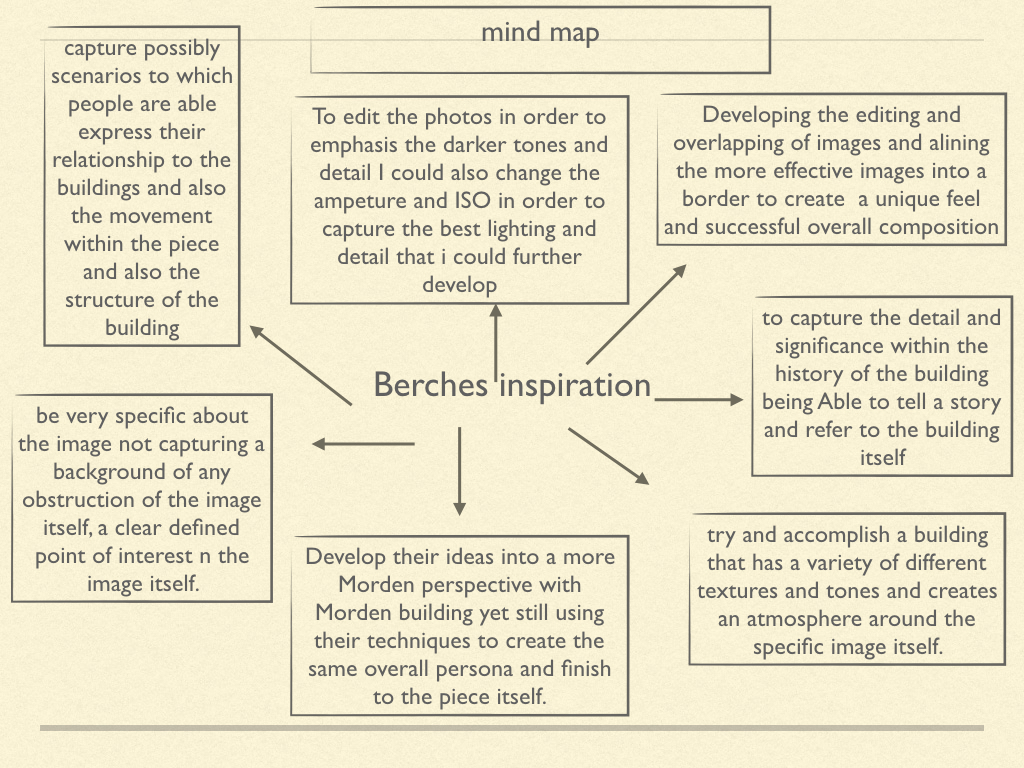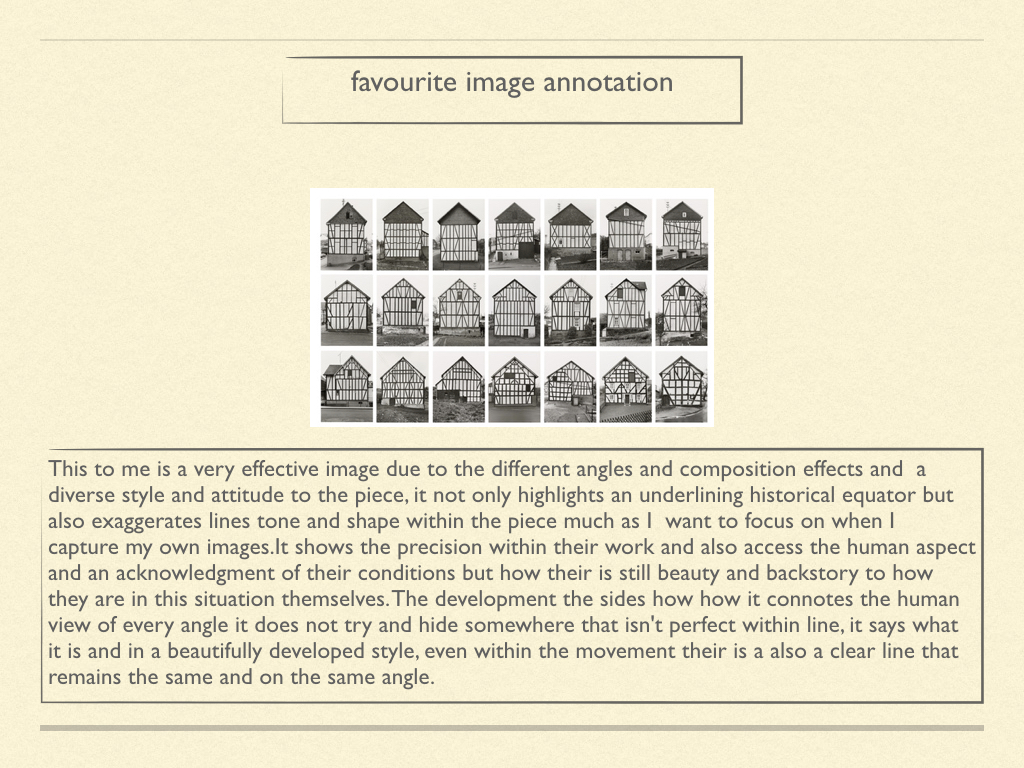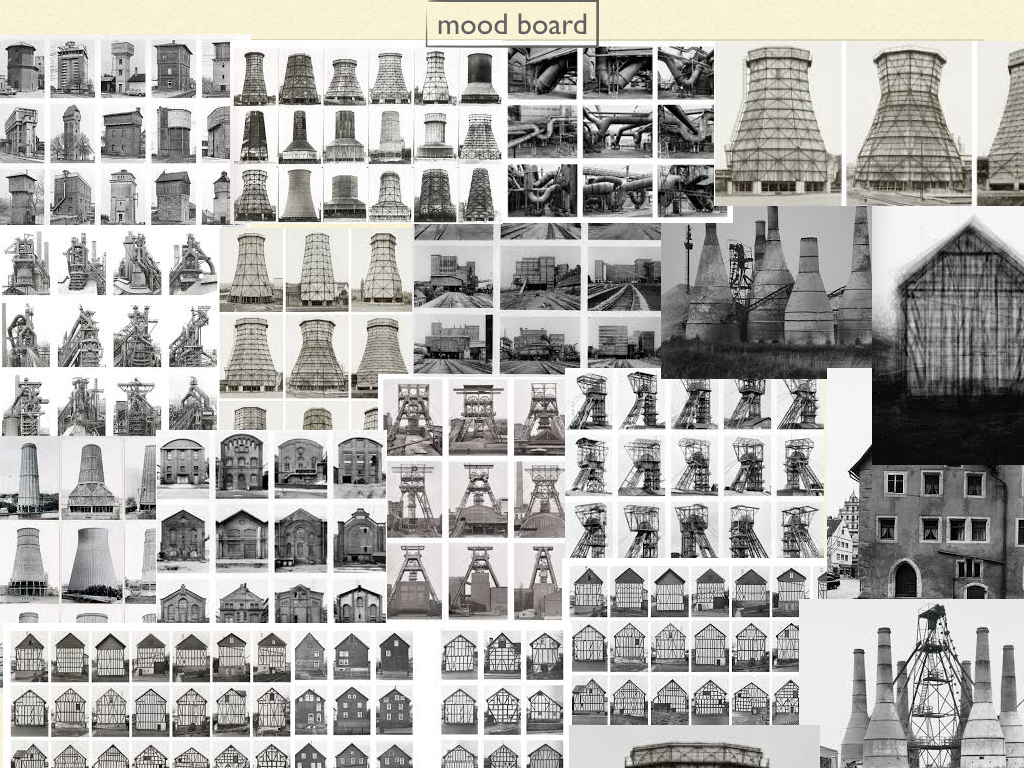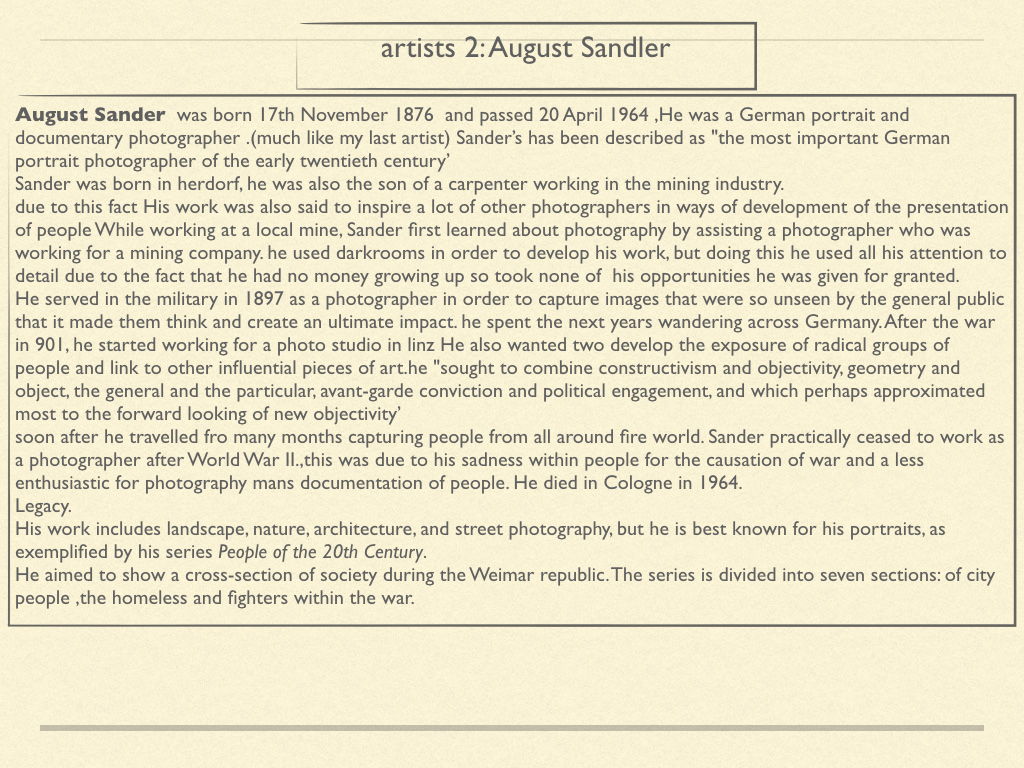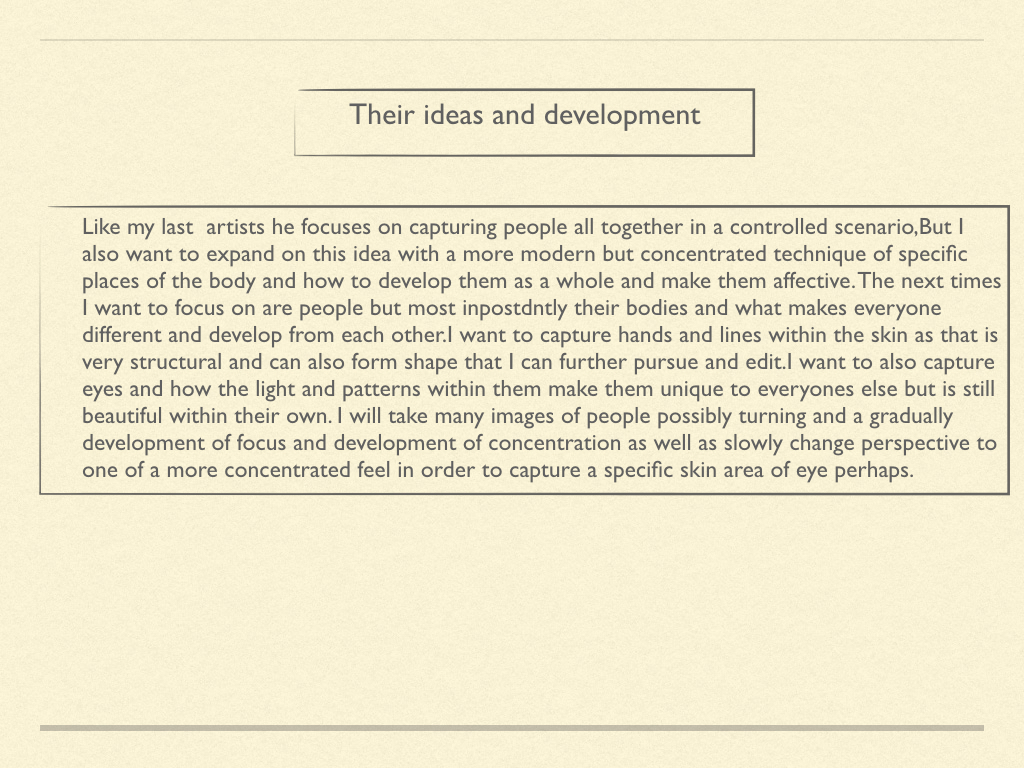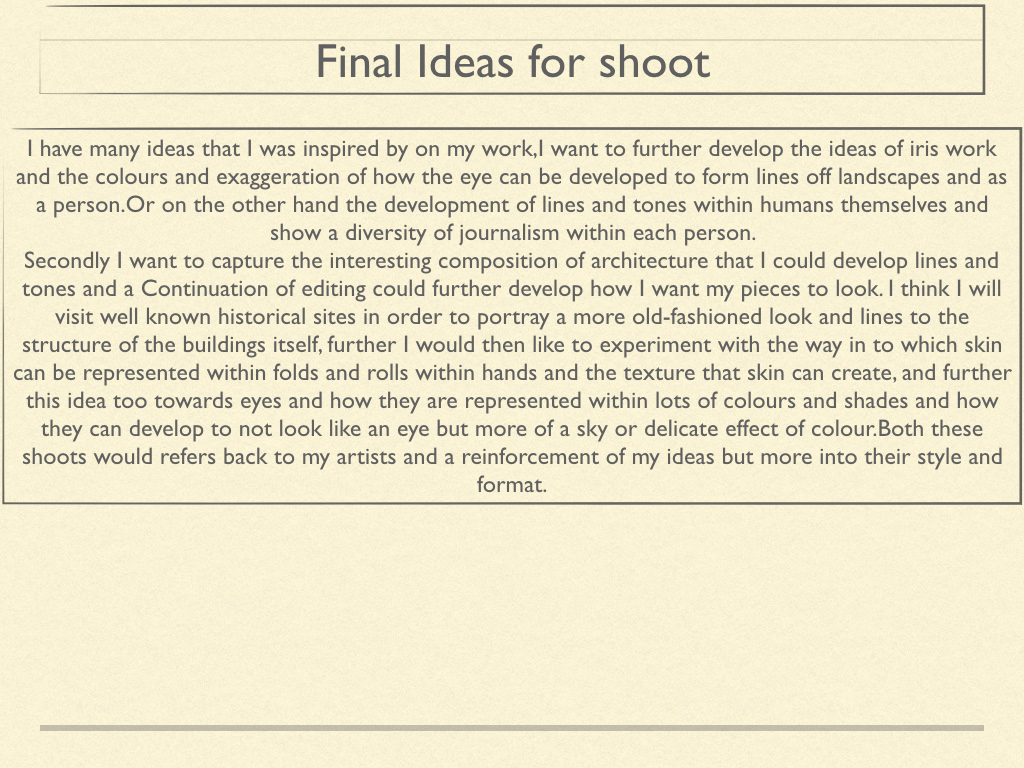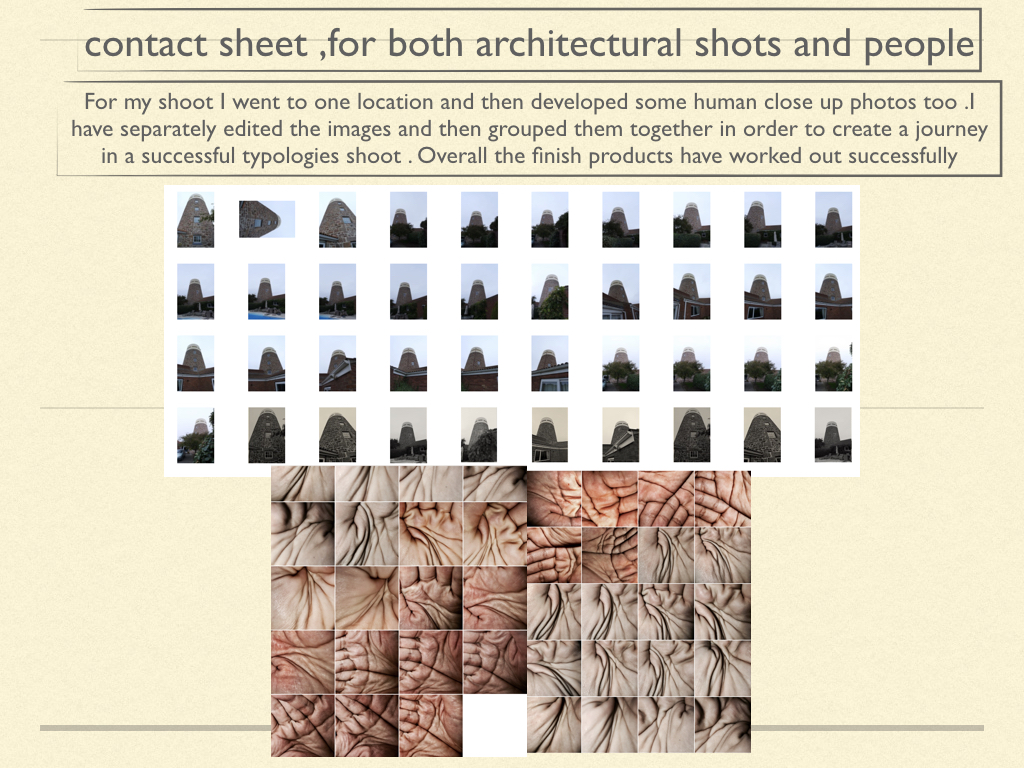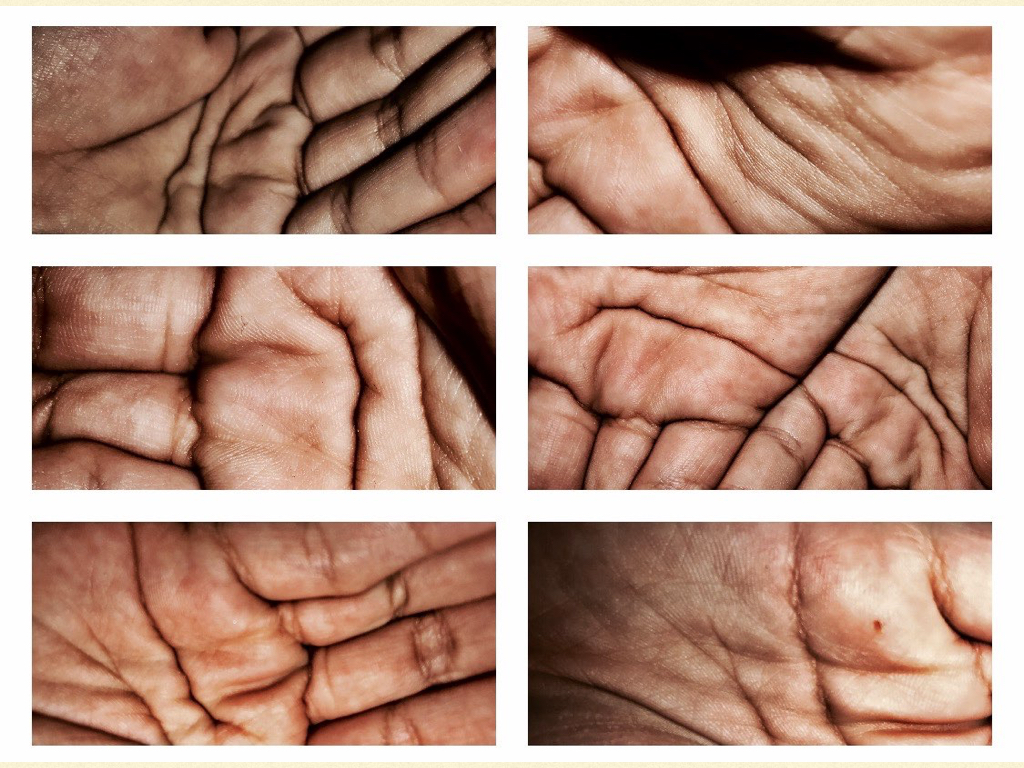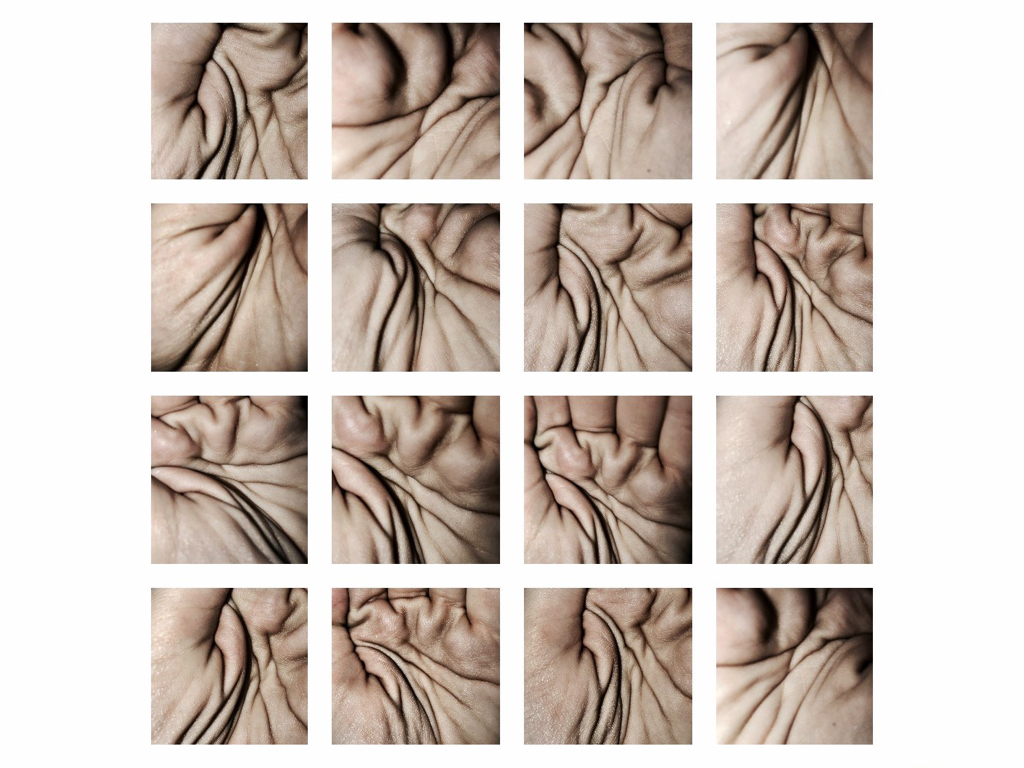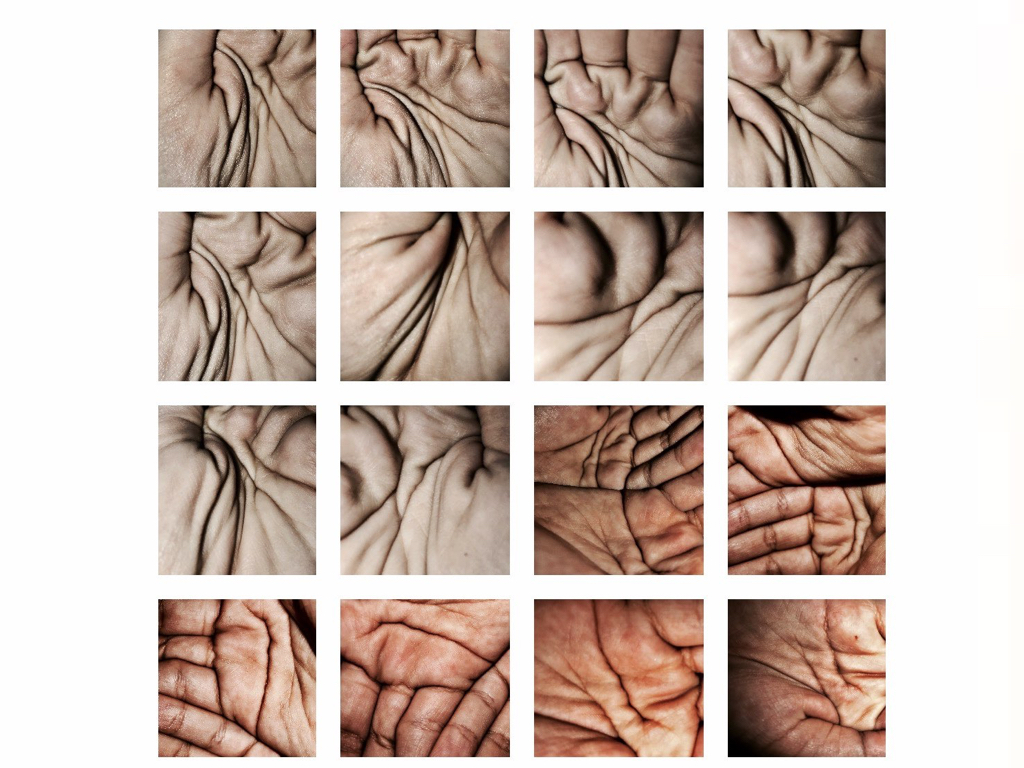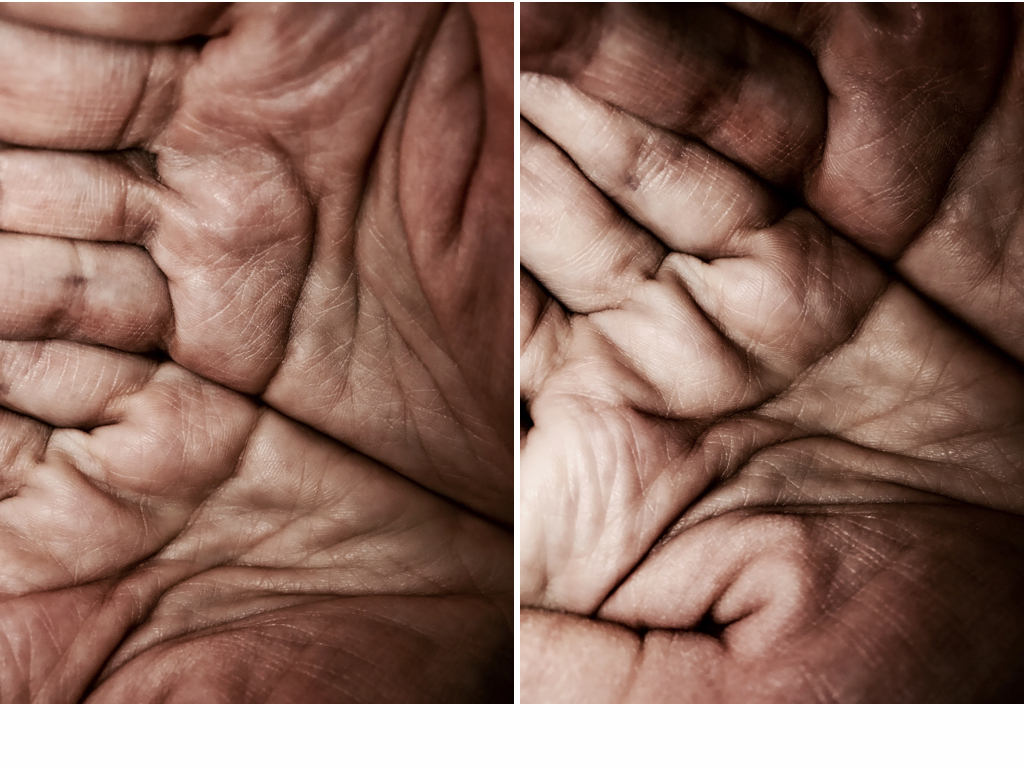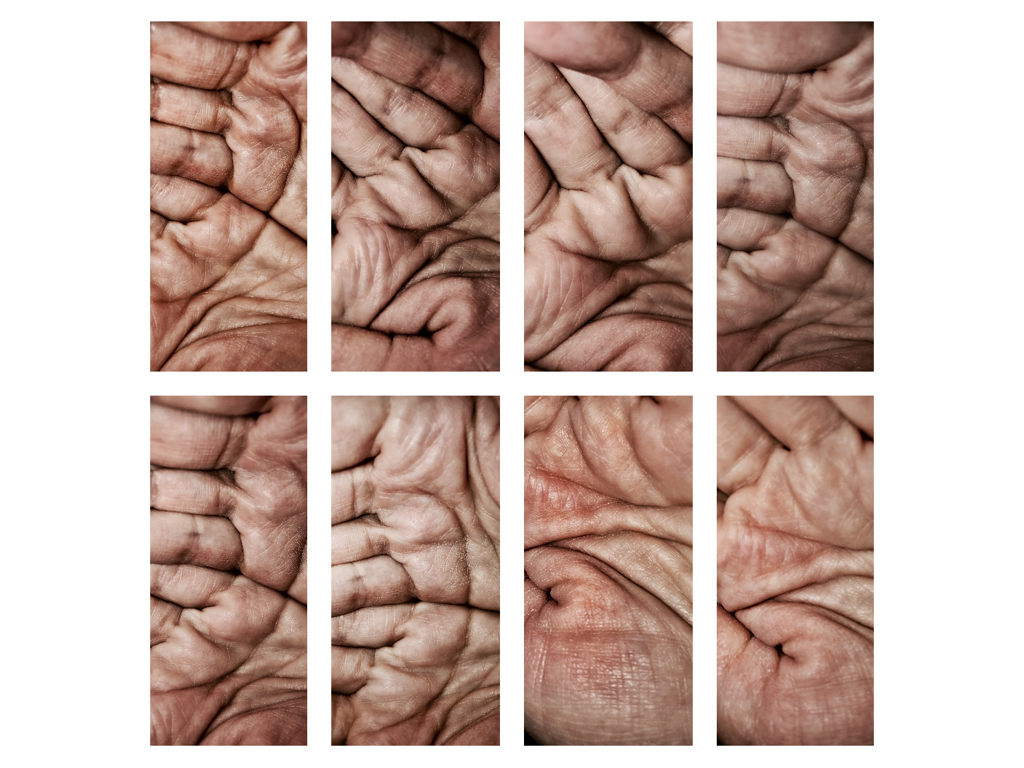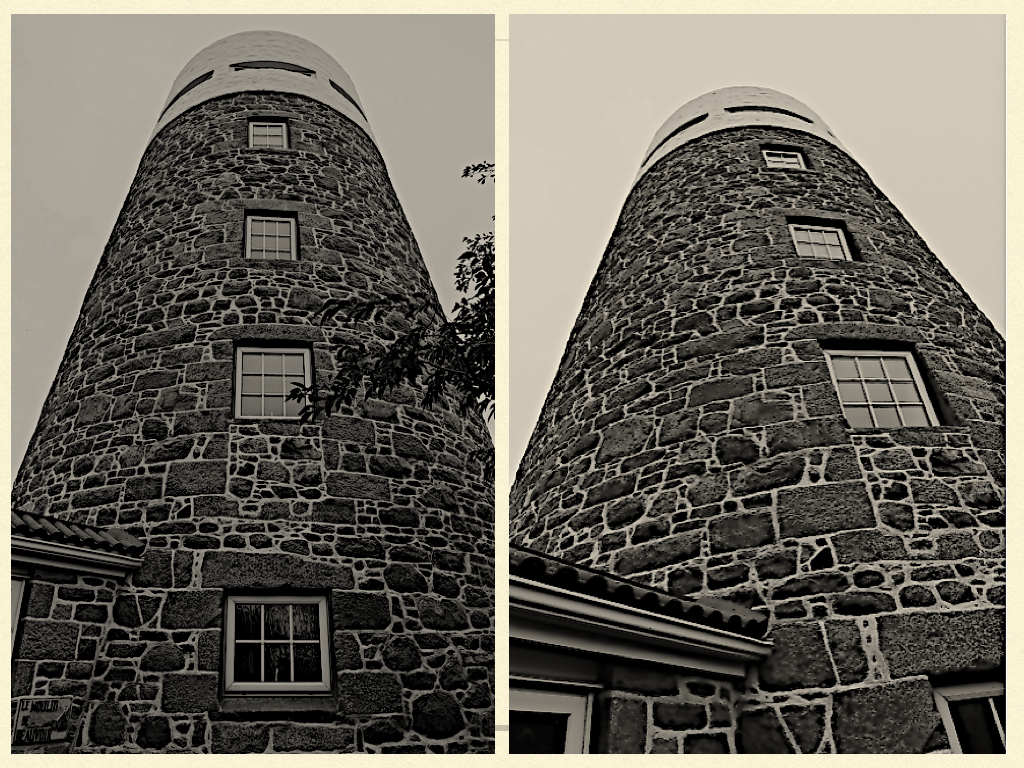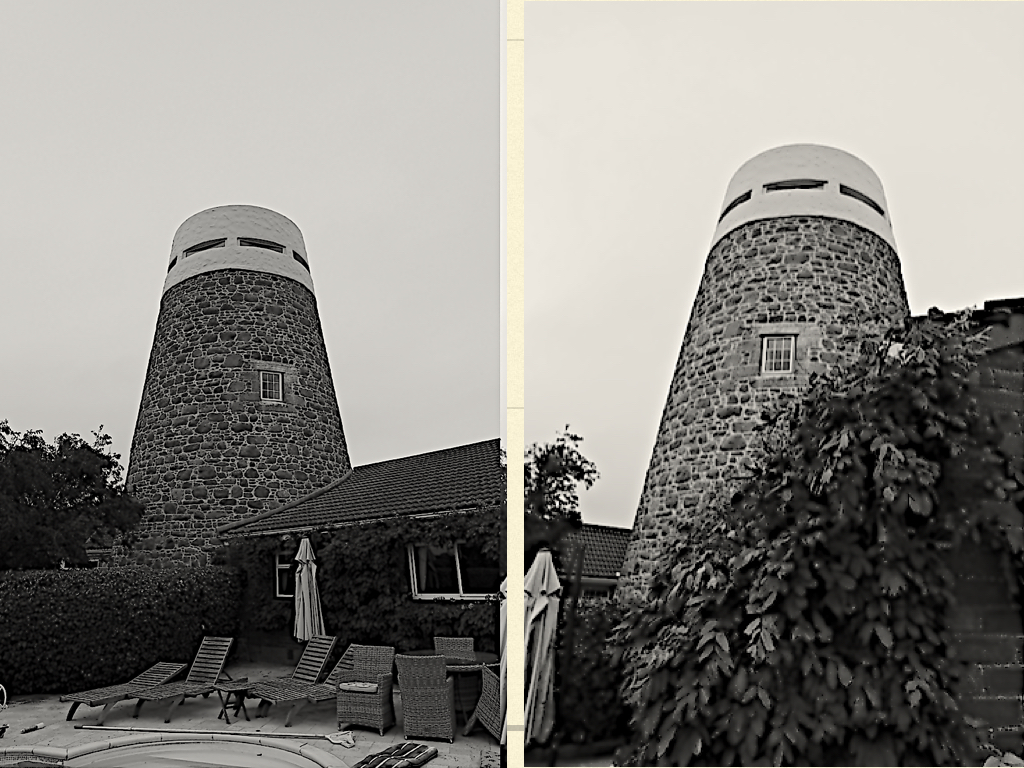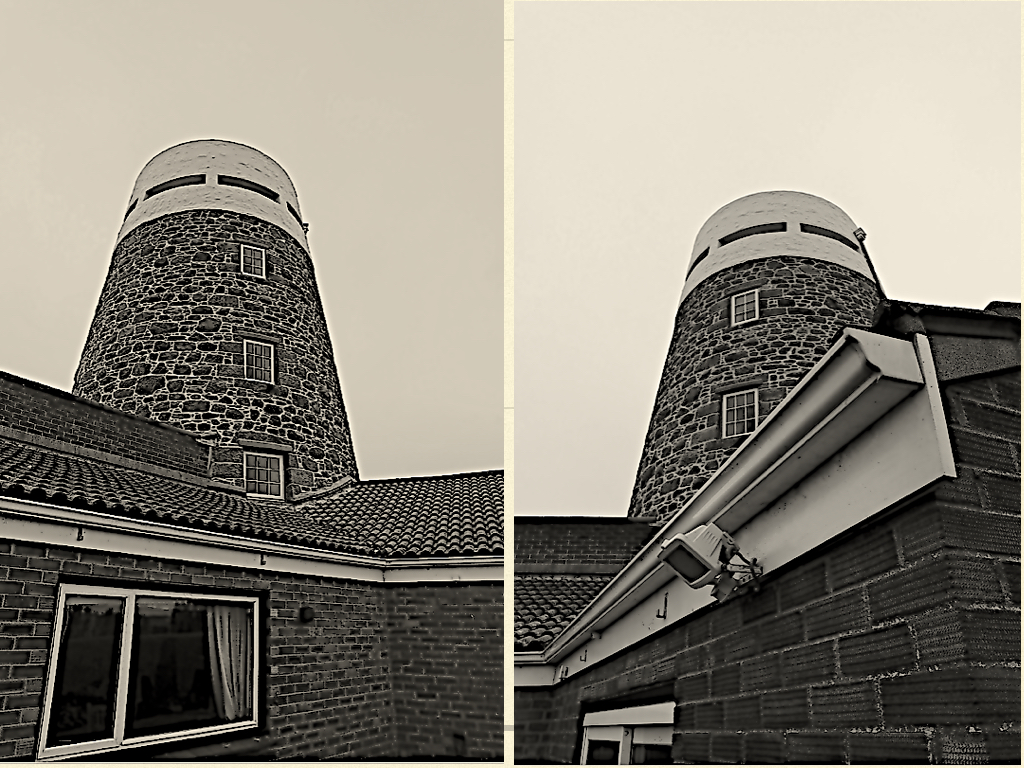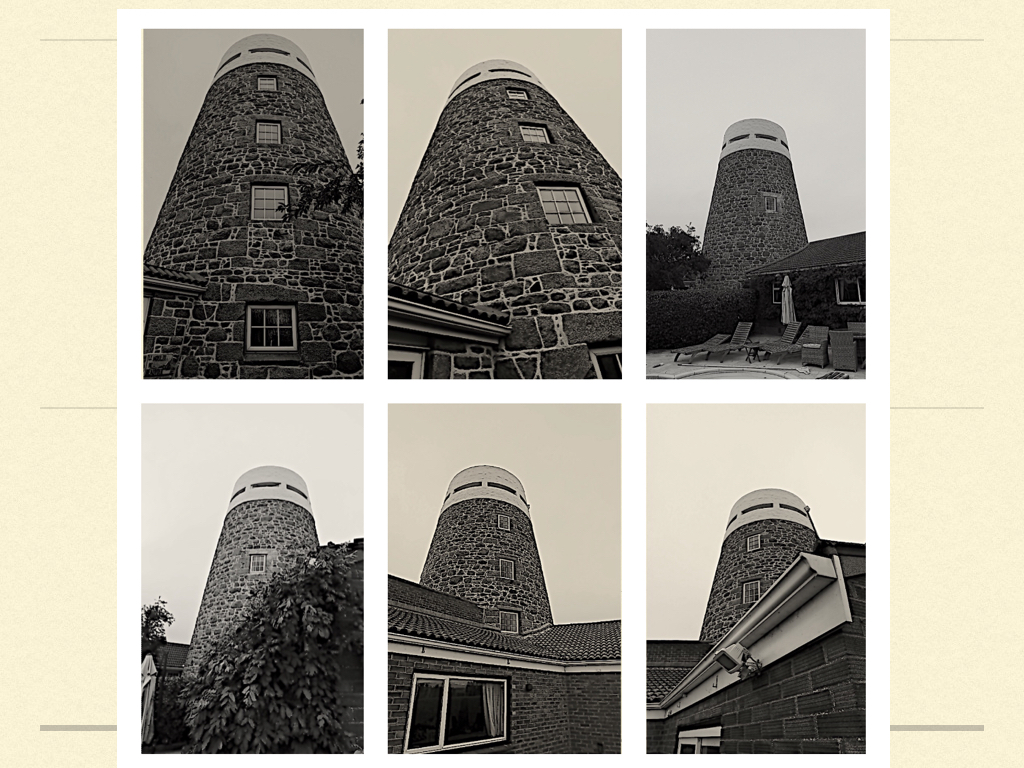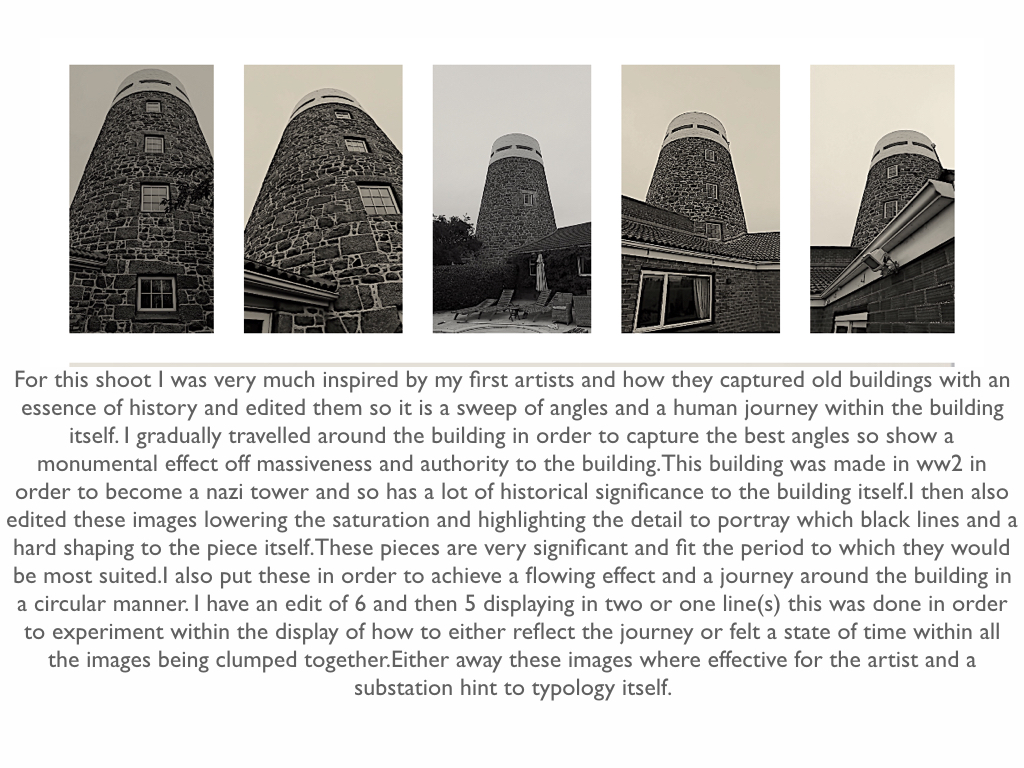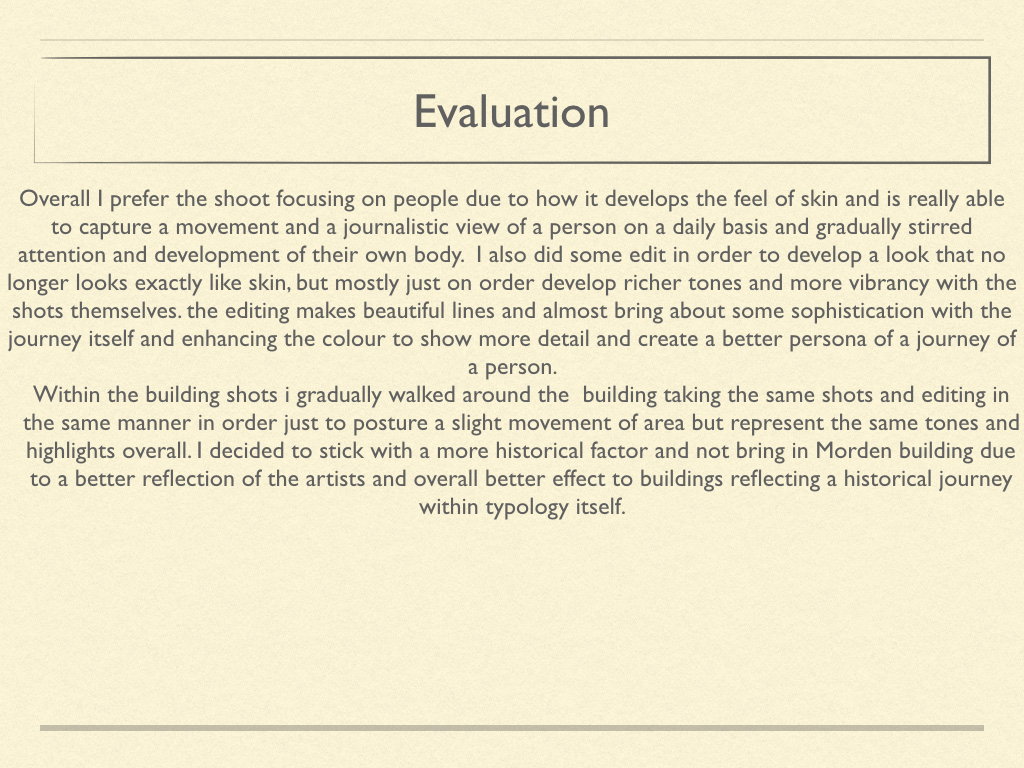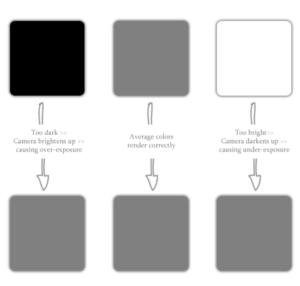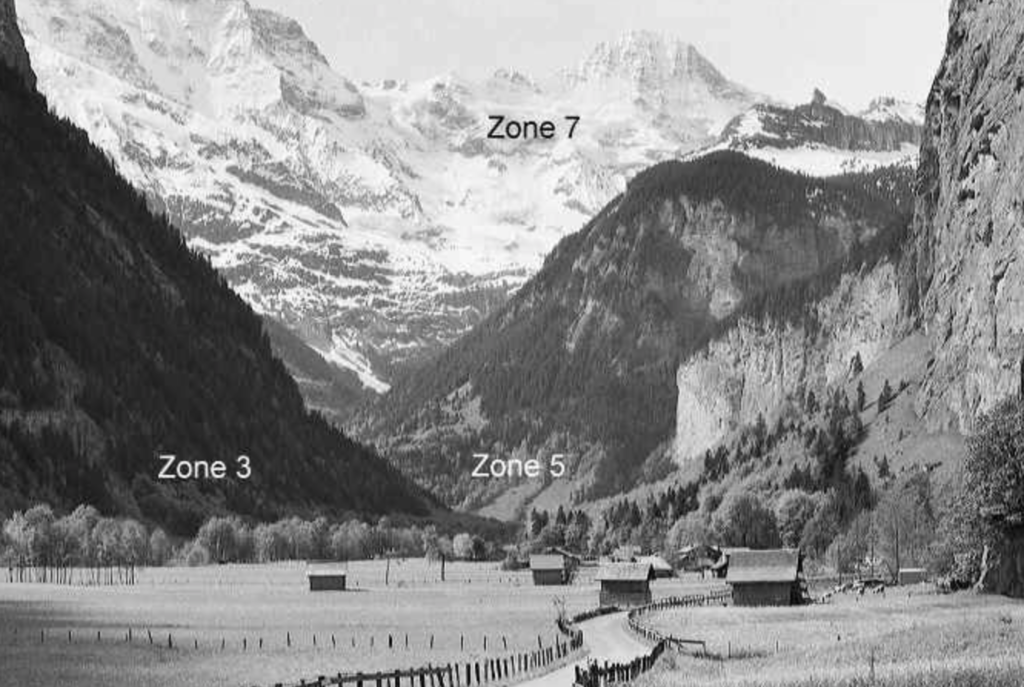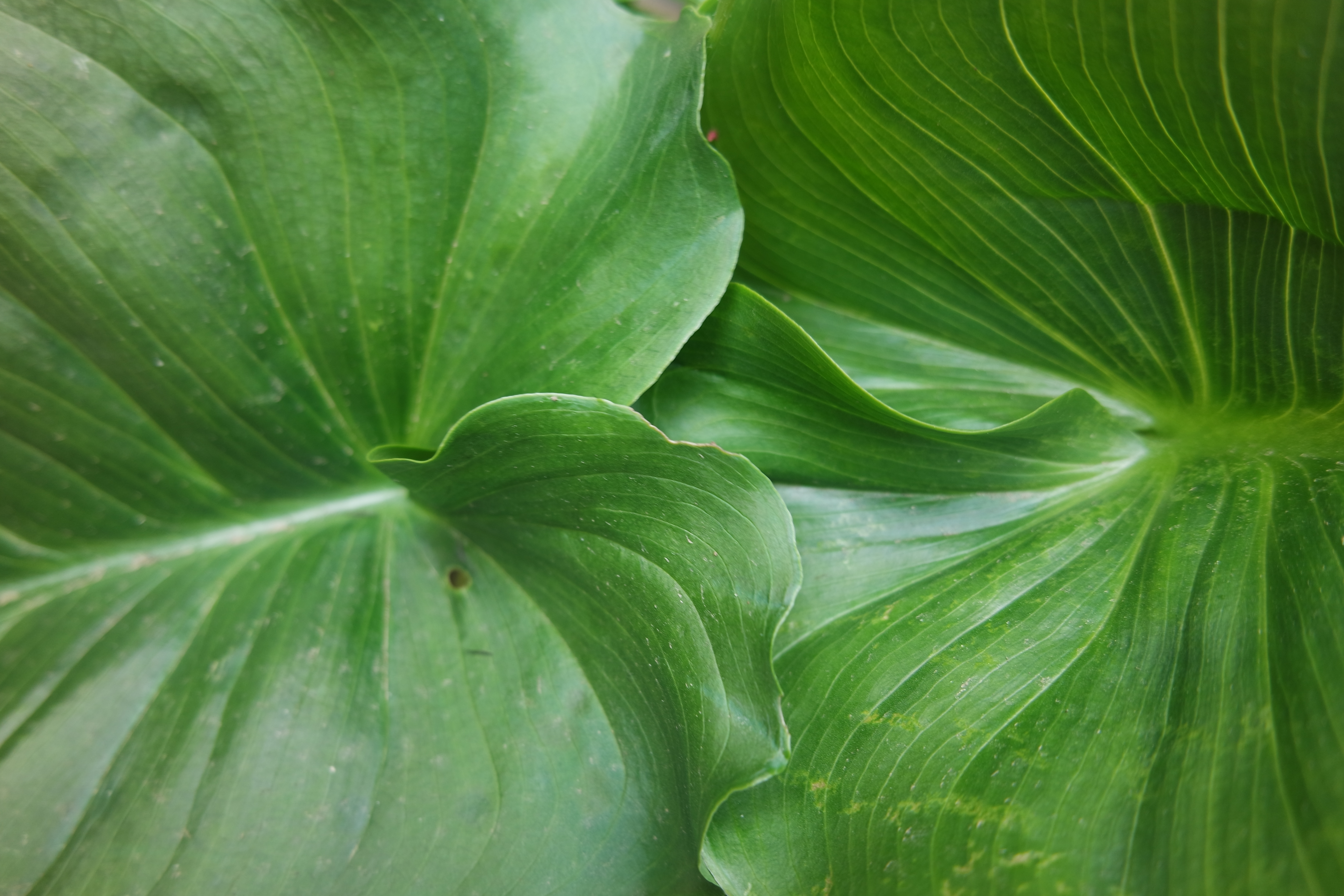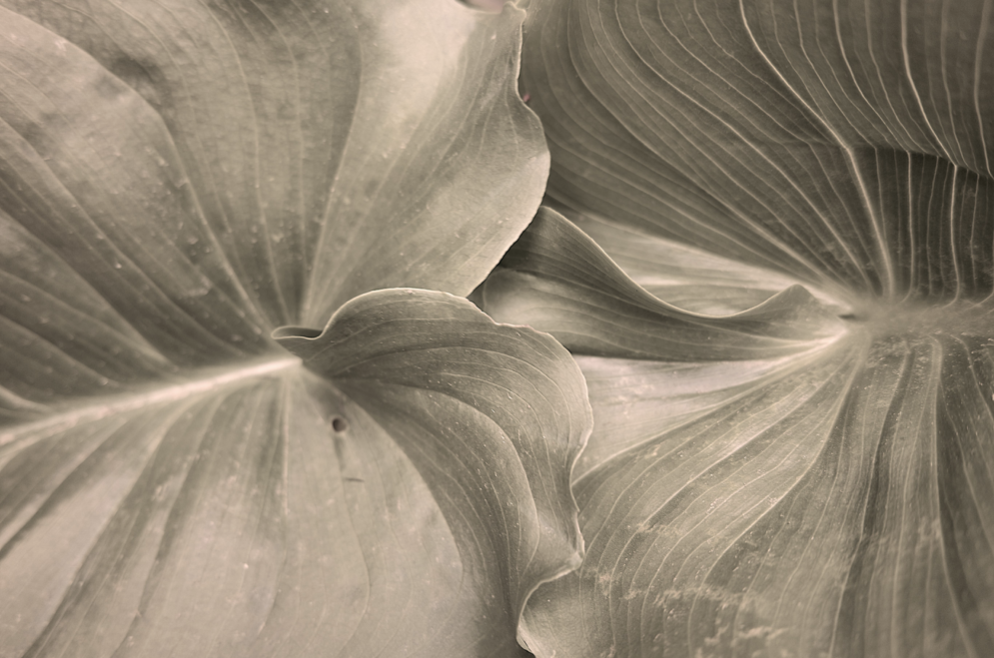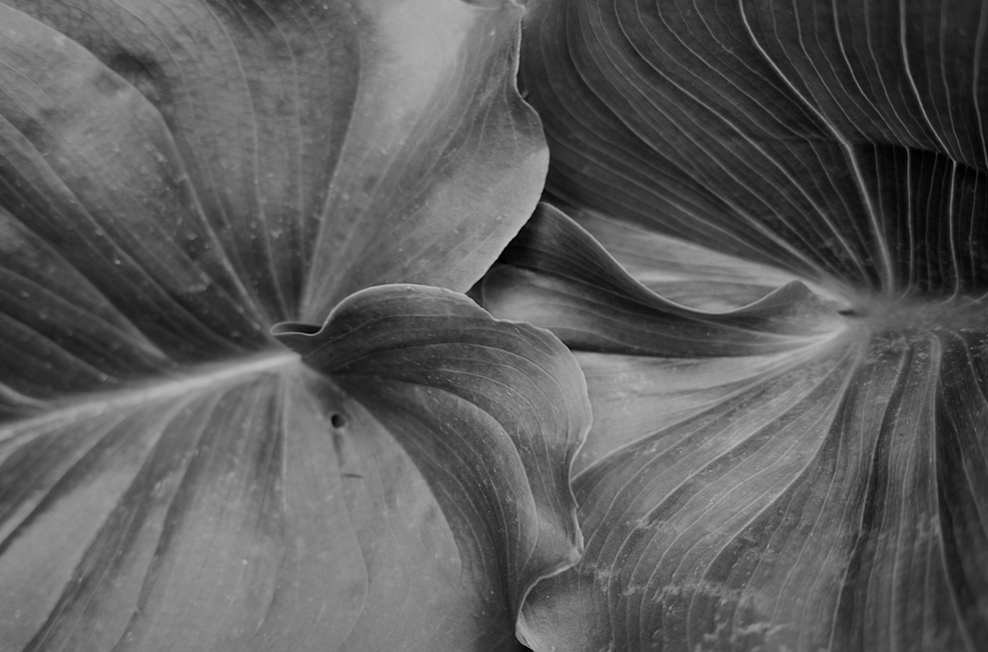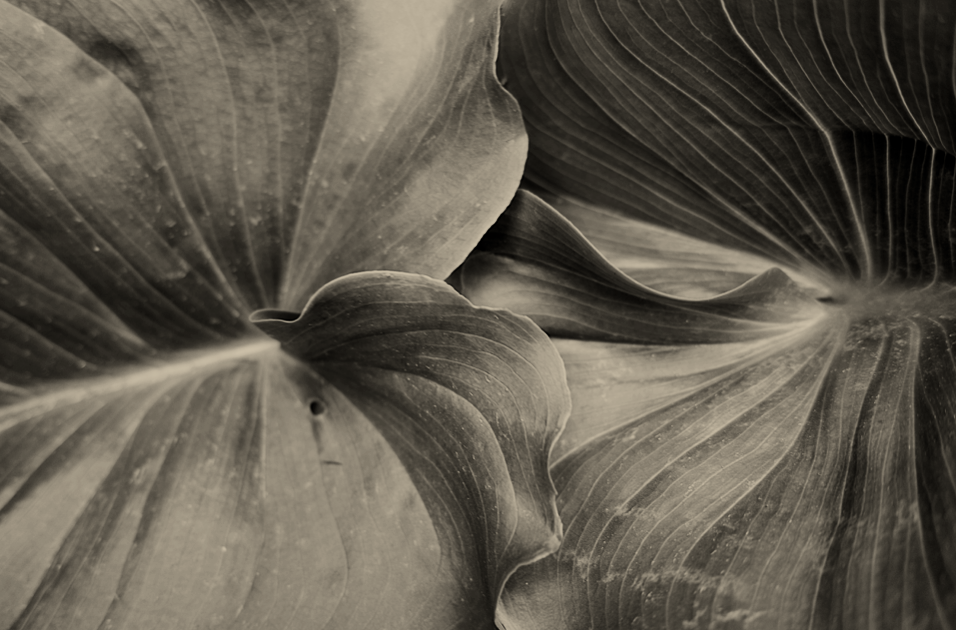Focal Length
The focal length of the lens is the distance between the lens and the image sensor when the subject is in focus.This also works in hand with field of debth and is under the same category and both adapt and edit each others overall finish. Focal length is used in order to zoom and create a photo within a certain crop and edit with contiaing only the selected subjects. This can be changed within the manual zoom within the lens itself.The focal length and distnace within the image sensor and the subject in focus . This is usually in millimeters (e.g., 28 mm, 50 mm, or 100 mm). In the case of zoom lenses, both the minimum and maximum focal lengths are stated, for example 18–55 mm.This is the basic description of a photography lens,it is also a clauculation of an opticial diatnce from the point where the light rays convey. The focal length of a lens is determined when the lens is focused at infinity.

The zooming also portrays a difference in direction and central attention to the piece itself. Not only in this piece does it zoom but it also redirects a focus to a specific point their in the background or the foreground.

within he next image you can see a clear focus on the city in the distance and not the field in the foreground.
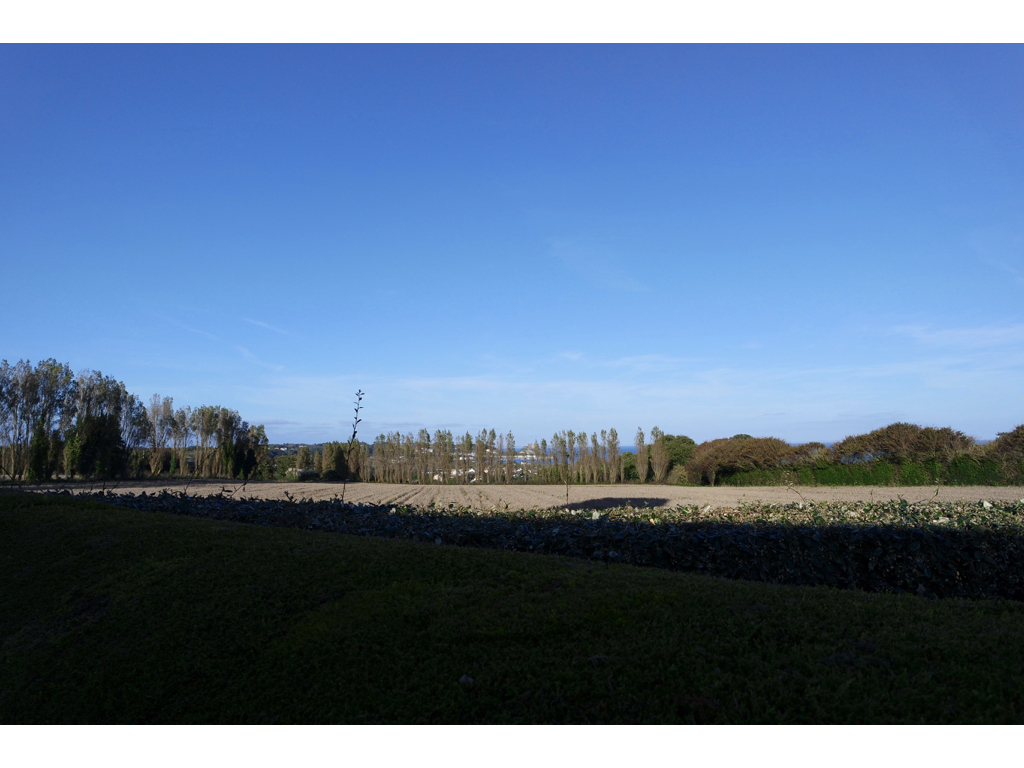

The focal length tells us the angle of view—how much of the scene will be captured—and the magnification—how large individual elements will be. The longer the focal length, the narrower the angle of view and the higher the magnification. The shorter the focal length, the wider the angle of view and the lower the magnification.

This shows how you can have an overall very wide image and then the gradual demising of the piece into the field of view into a more detail specific area.
Focal length is used in order to exaggerate and to focus your detail on one particular section to a photograph. We use it by zooming in automatically on a specific photo, or perhaps manually by the camera but if two use this it will not be enough if it is zooming in to a large depth of field. It focuses by zooming in On a specific sense of direct detail wanting to concentrate the detail within the image.
auto focus differs due to less of a clear view on exactly what effect and subject you are wanting to focus within. But differing manual is able to capture and zoom to a specific area and contain only the stage and part that you are wanting to focus on itself.


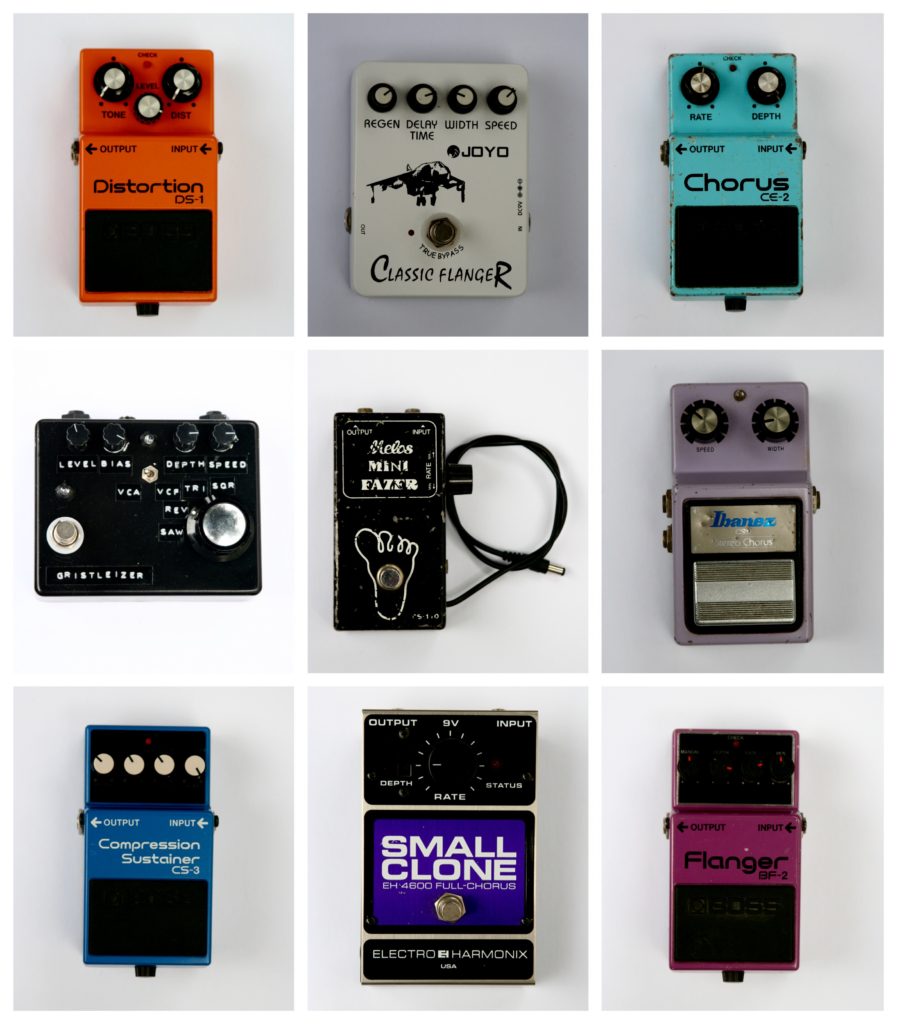

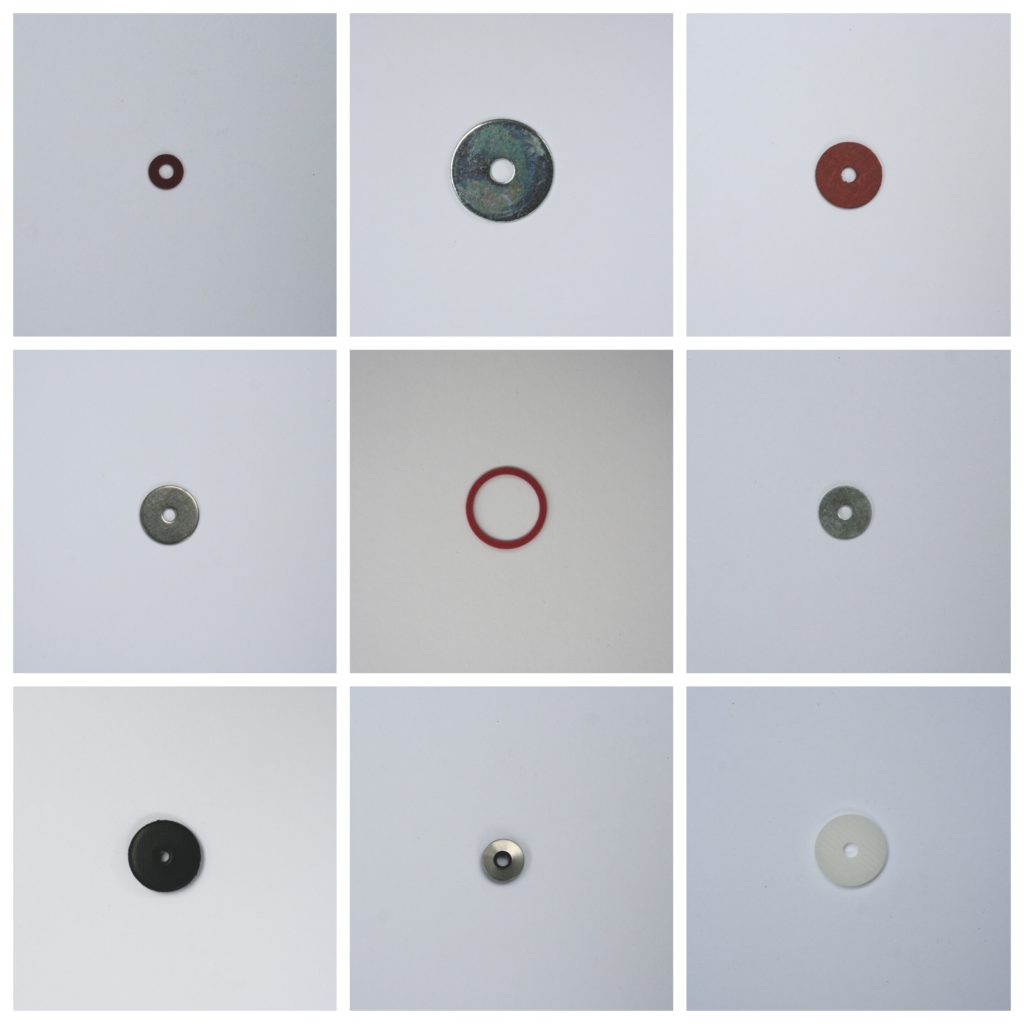

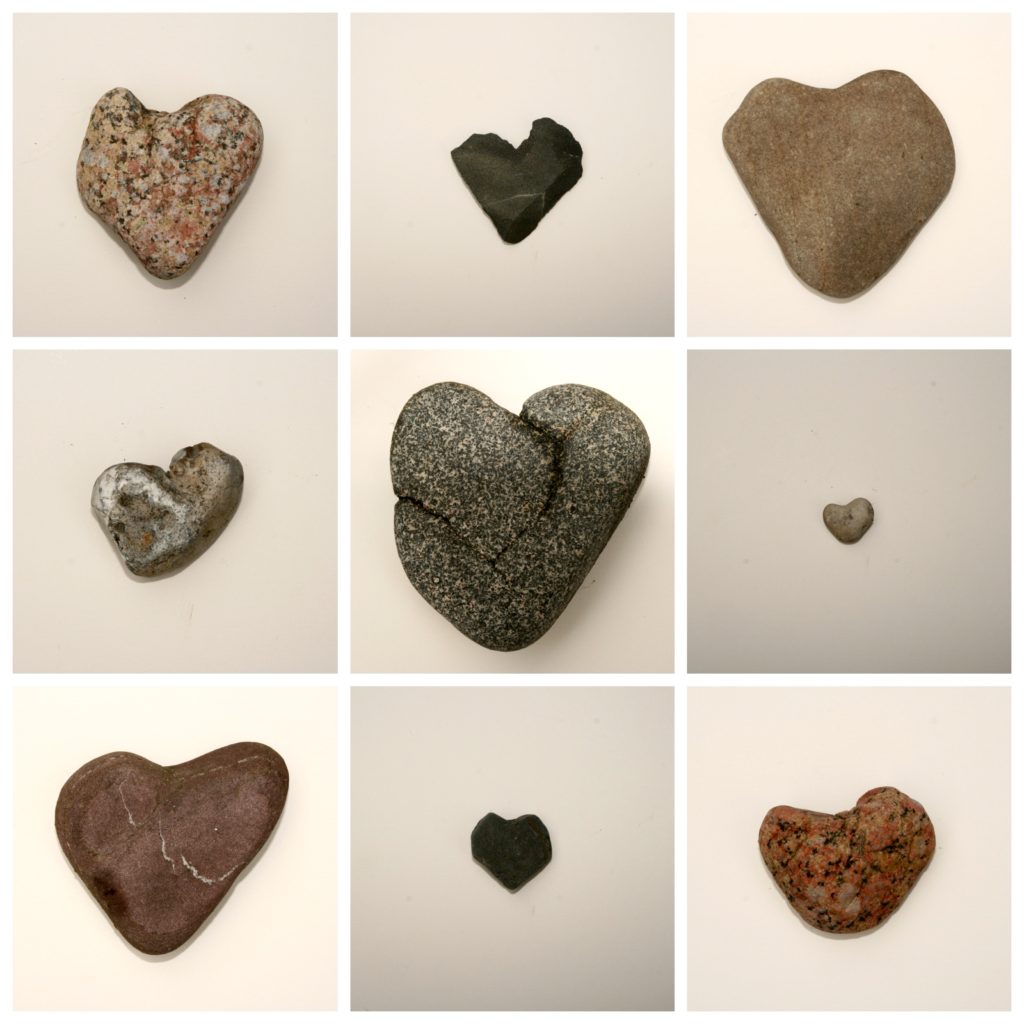
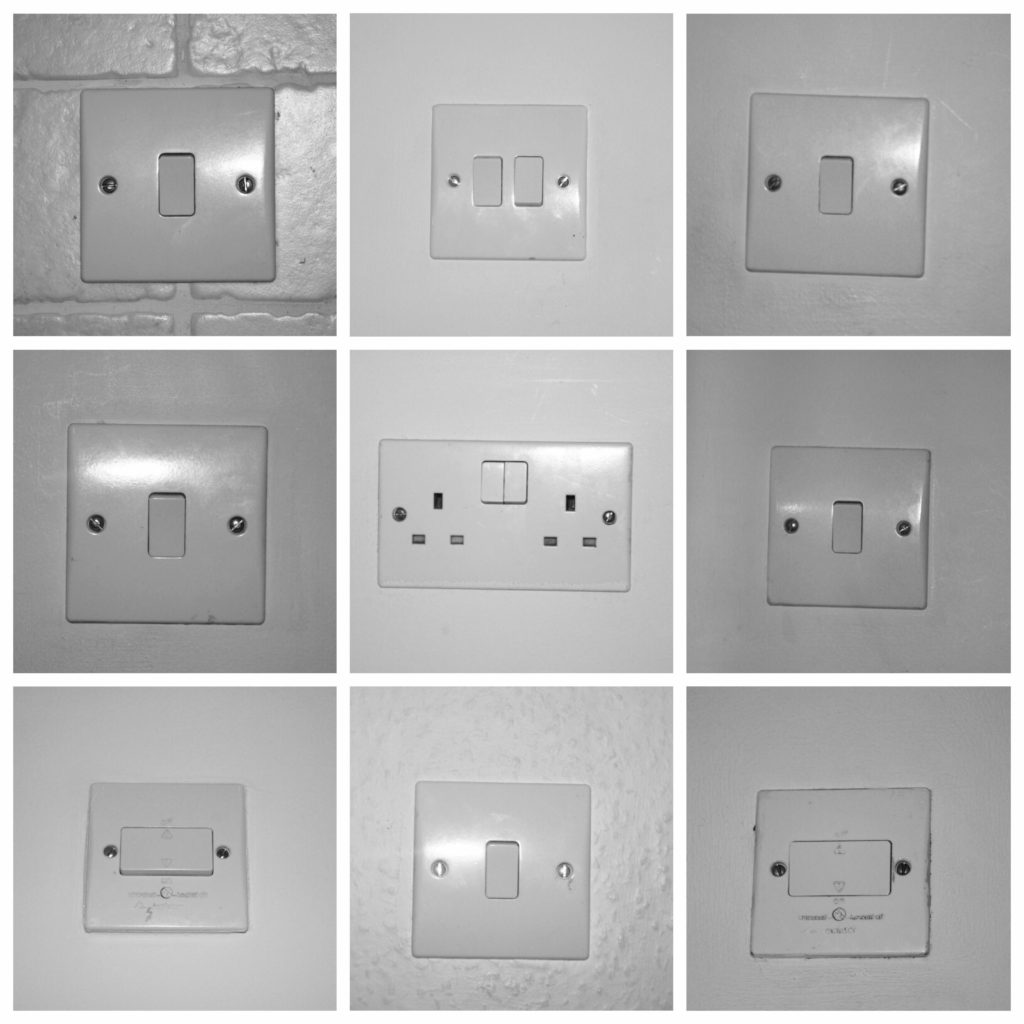

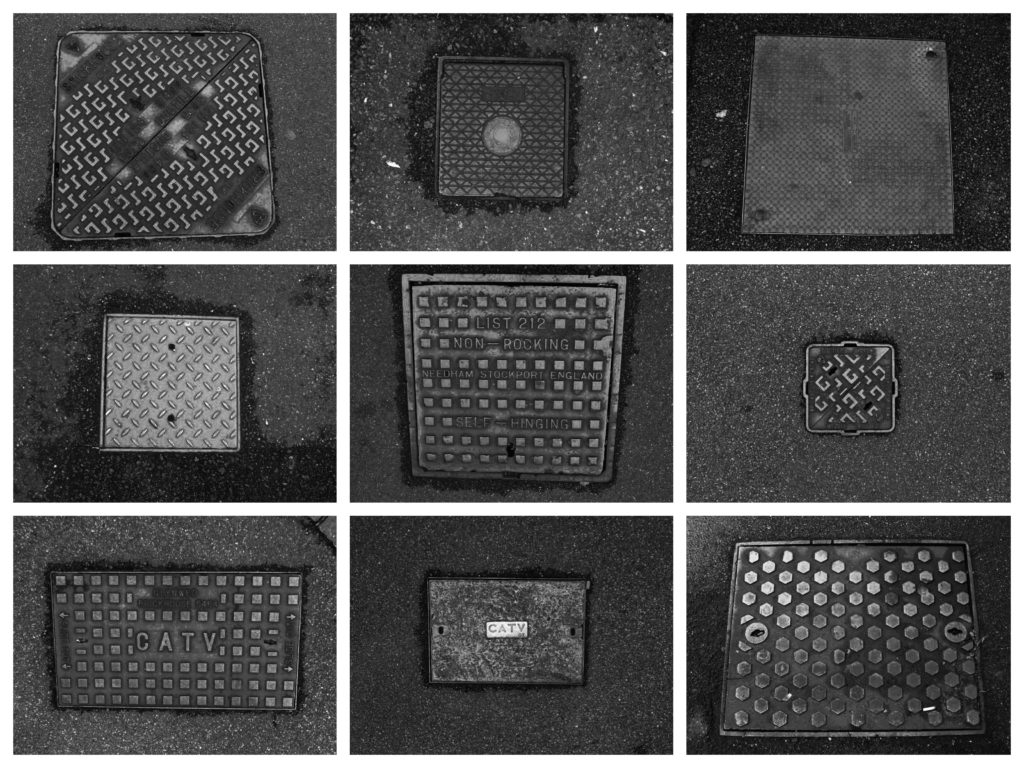

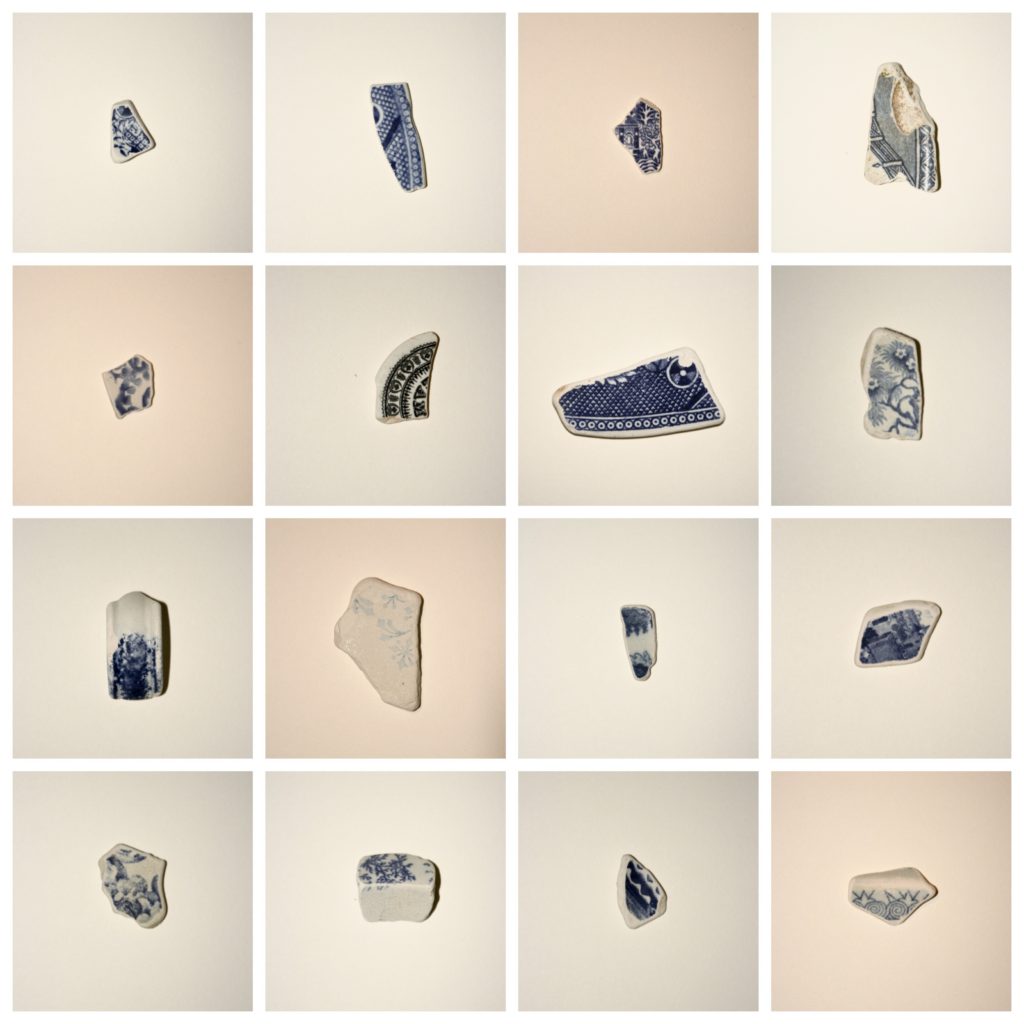
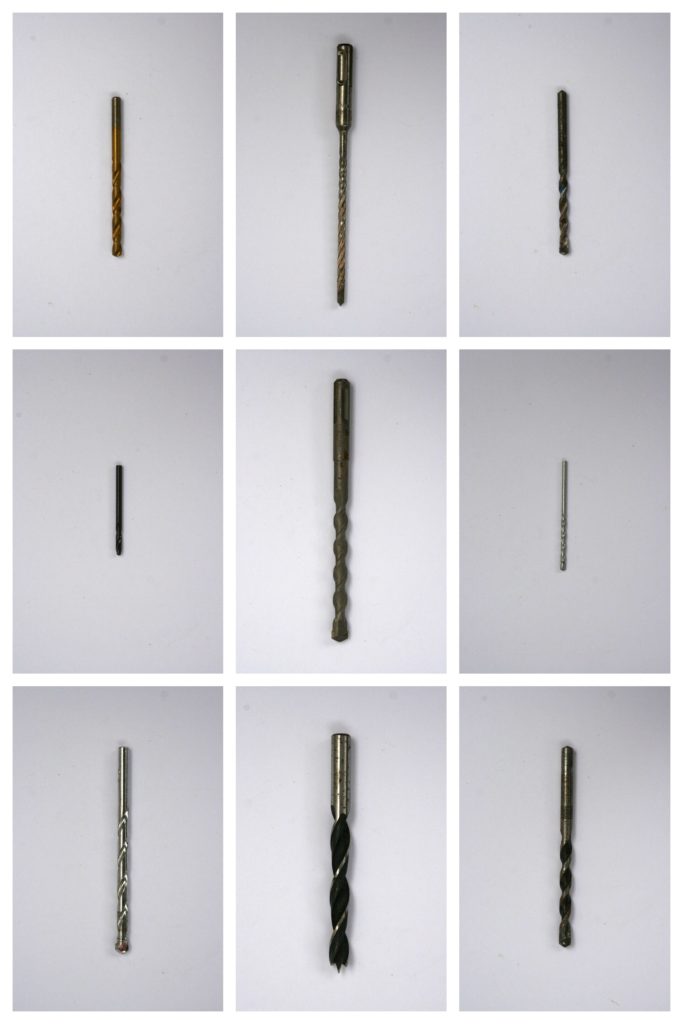
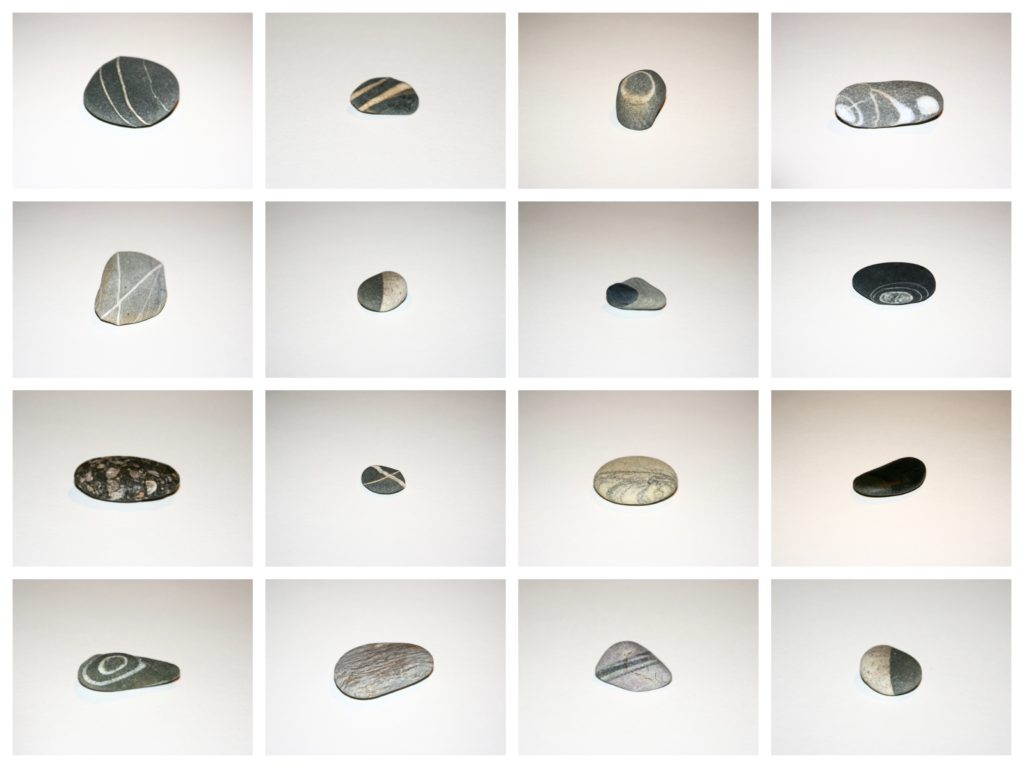

 Photographer Research Two (Bernd & Hilla Becher)
Photographer Research Two (Bernd & Hilla Becher)
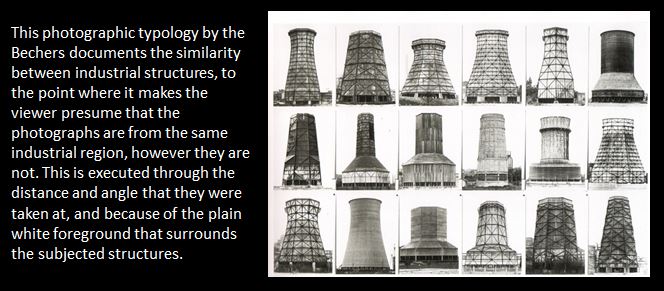
 With the whole frame out of focus the light circles become larger and the whole image looks blurred.
With the whole frame out of focus the light circles become larger and the whole image looks blurred. 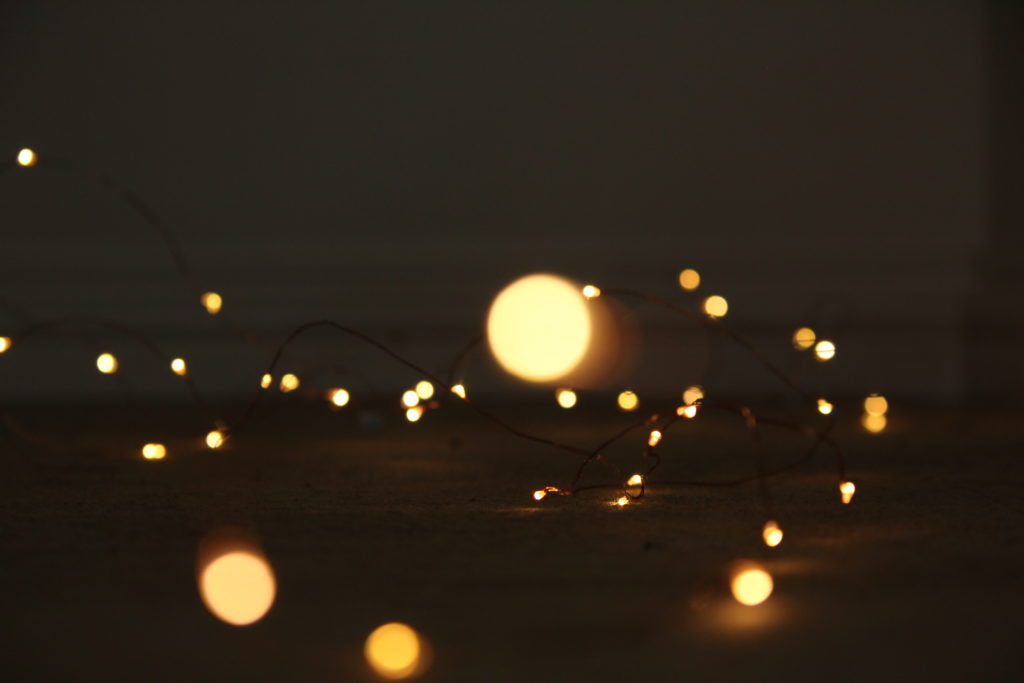 When the image is slightly more in focus only the lights which are close to the lens make a bigger circle. Some of the wires in the mid ground are more in focus this is because the focus point was in the center of the frame.
When the image is slightly more in focus only the lights which are close to the lens make a bigger circle. Some of the wires in the mid ground are more in focus this is because the focus point was in the center of the frame.
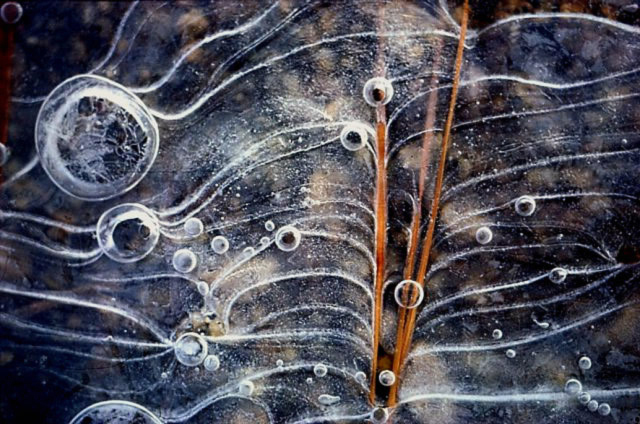 Ernst Haas (1921-1986) was born in Vienna and took up photography after the war.
Ernst Haas (1921-1986) was born in Vienna and took up photography after the war.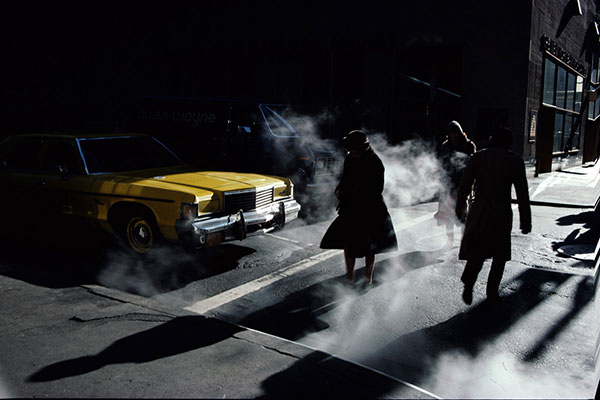

 Moholy-Nagy (1895-1946) was a Hungarian painter and photographer.
Moholy-Nagy (1895-1946) was a Hungarian painter and photographer.
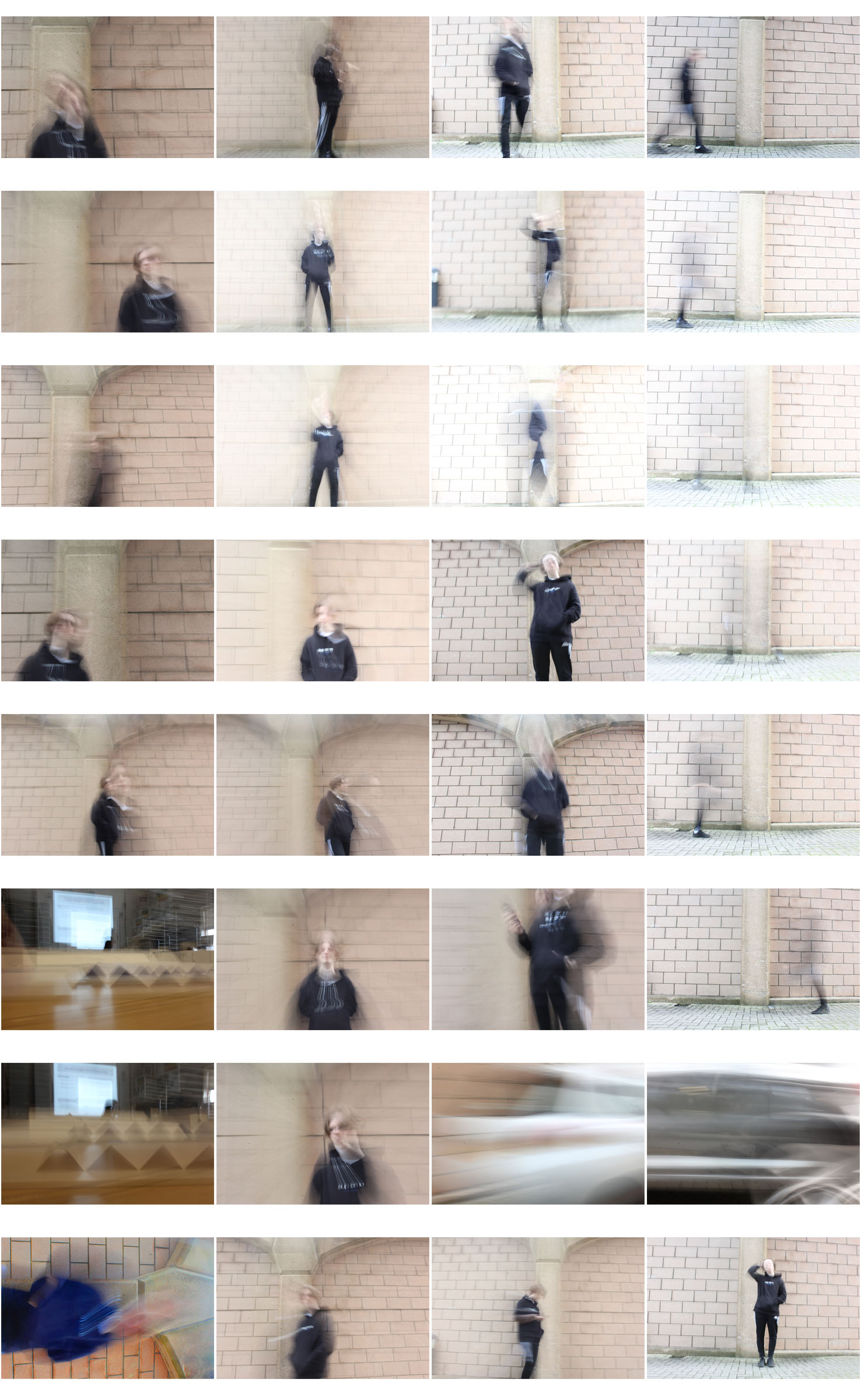
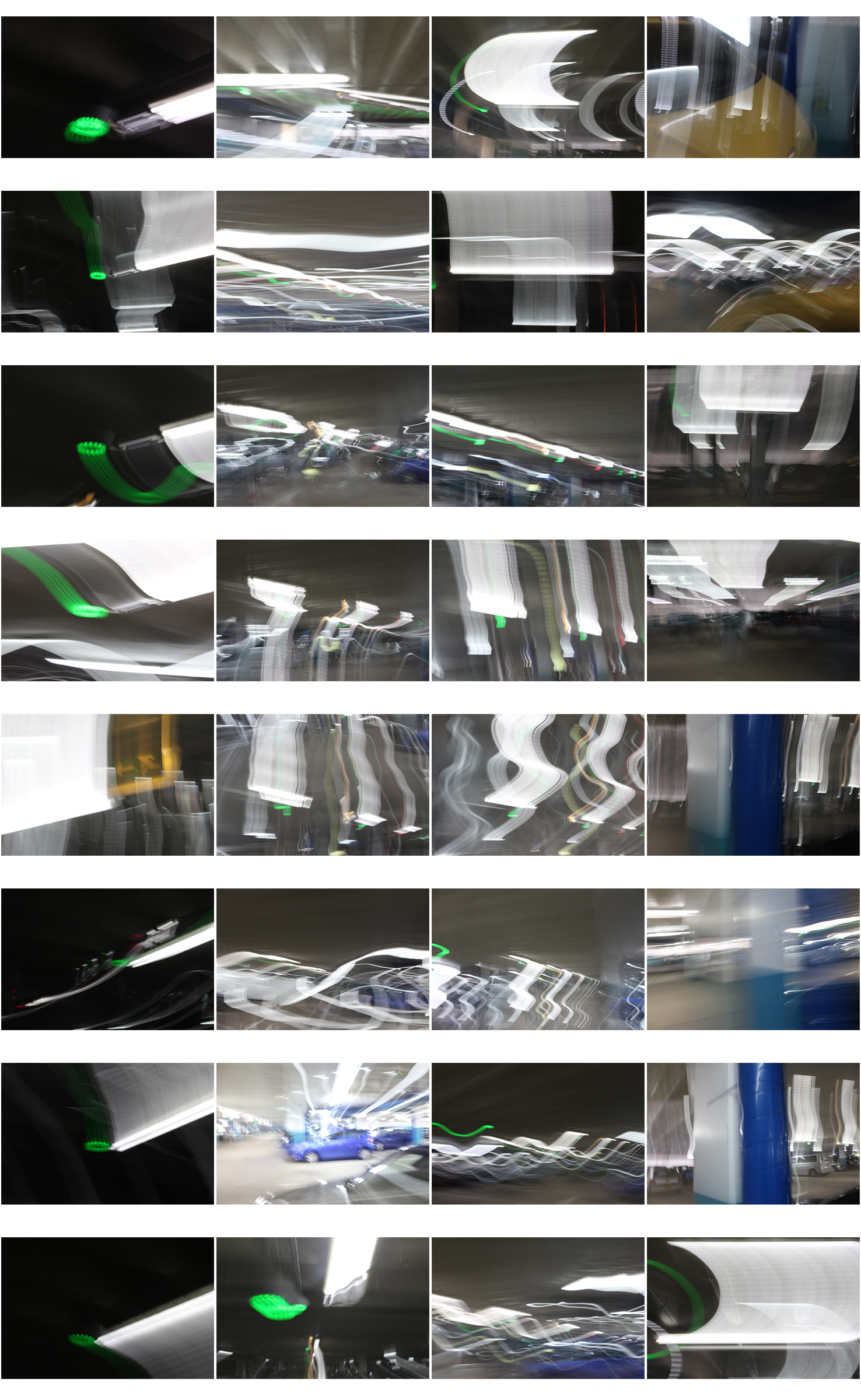
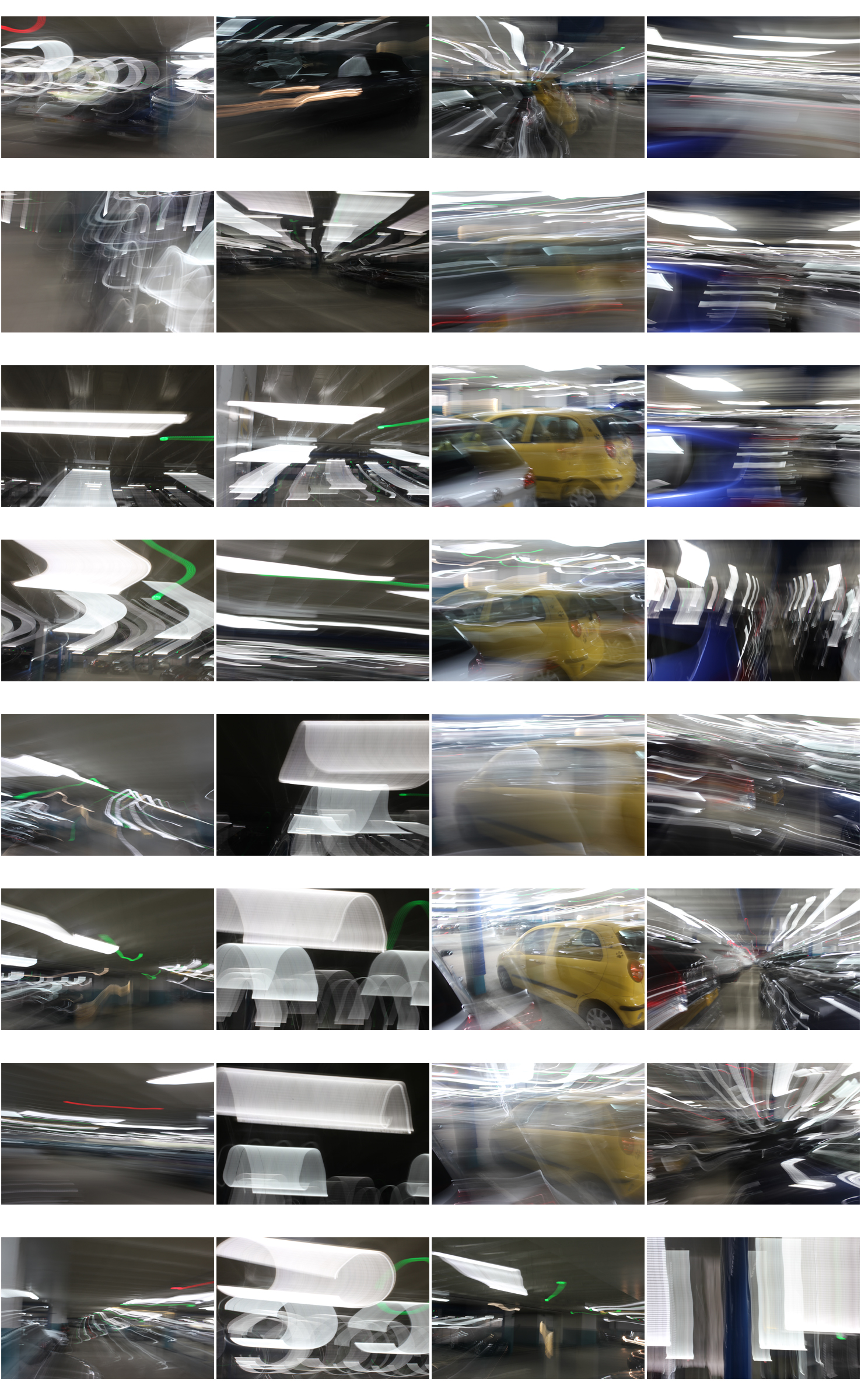

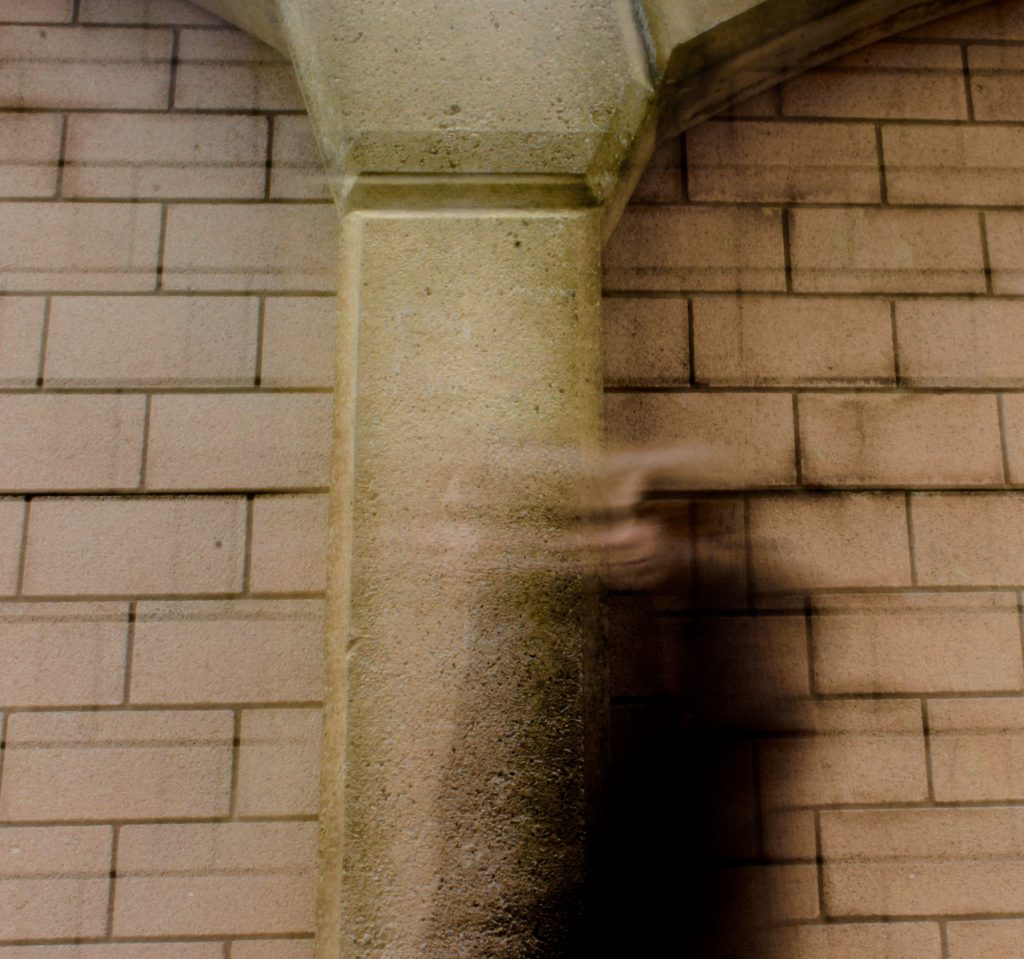
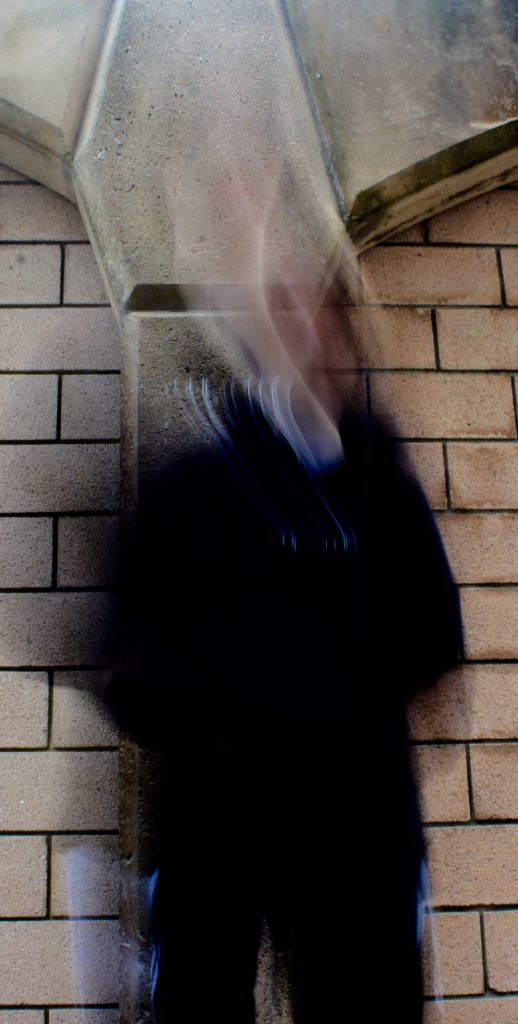
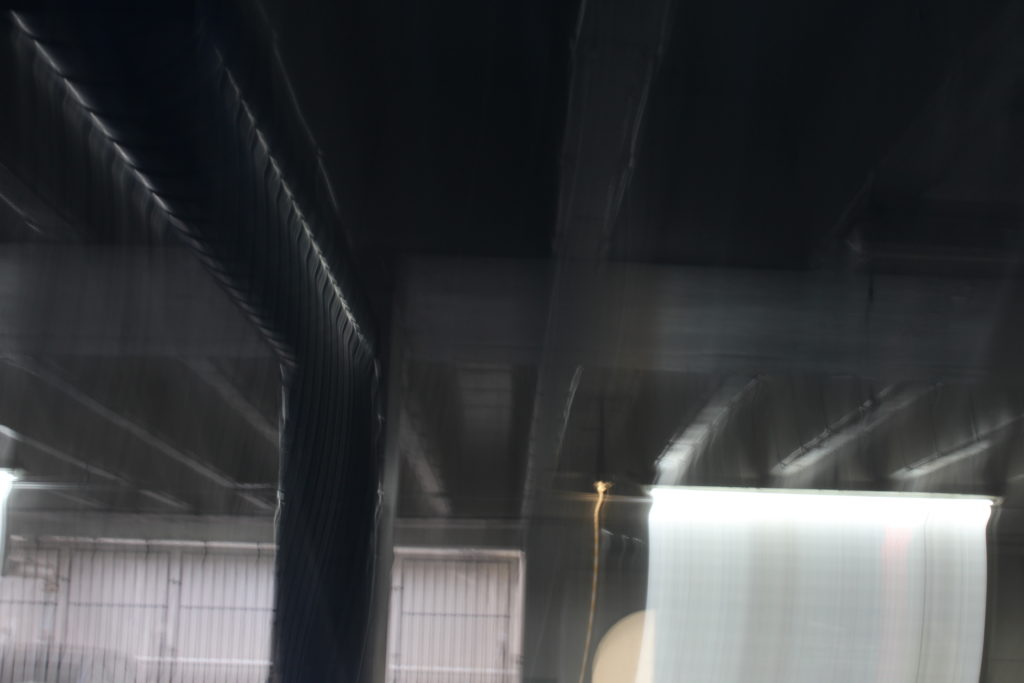
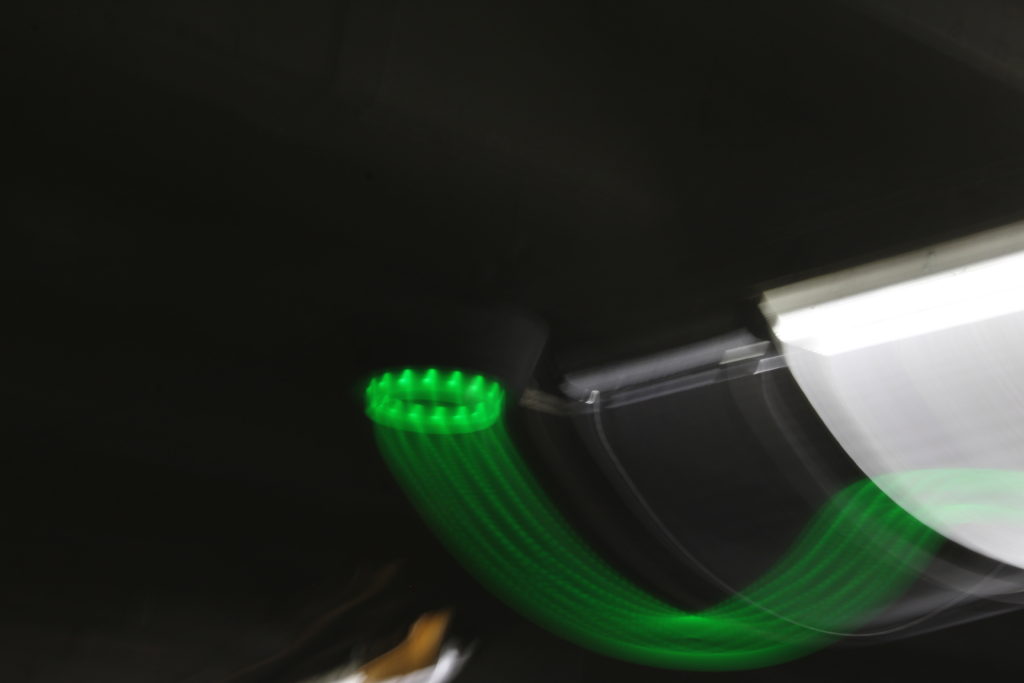
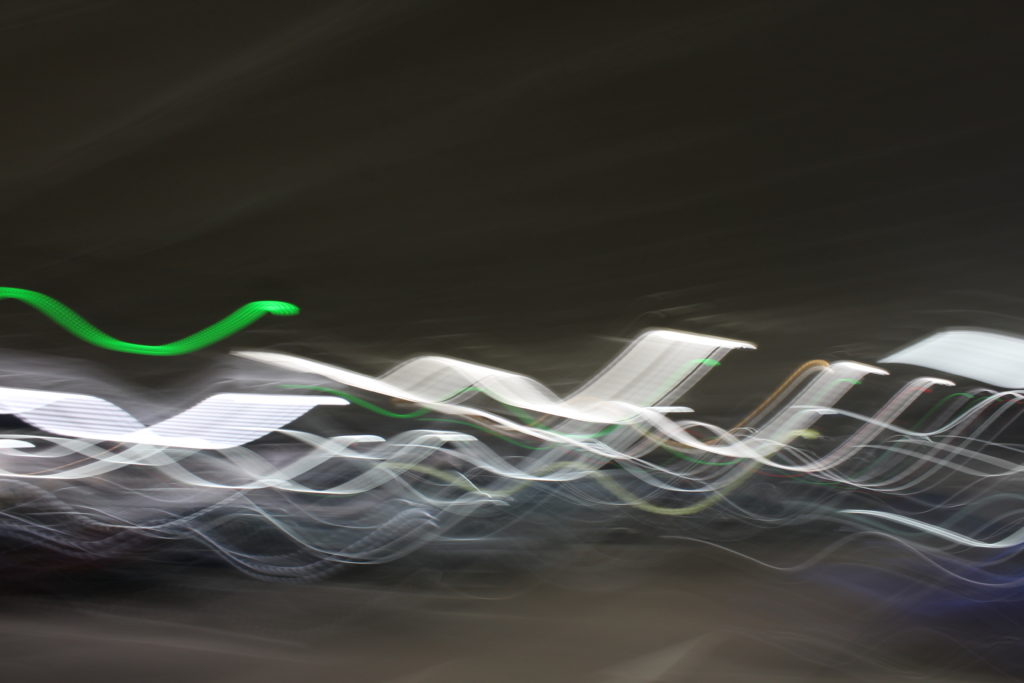
 From this idea I decided to implement this method into my own photos taken from home, with these being the results from it:
From this idea I decided to implement this method into my own photos taken from home, with these being the results from it:
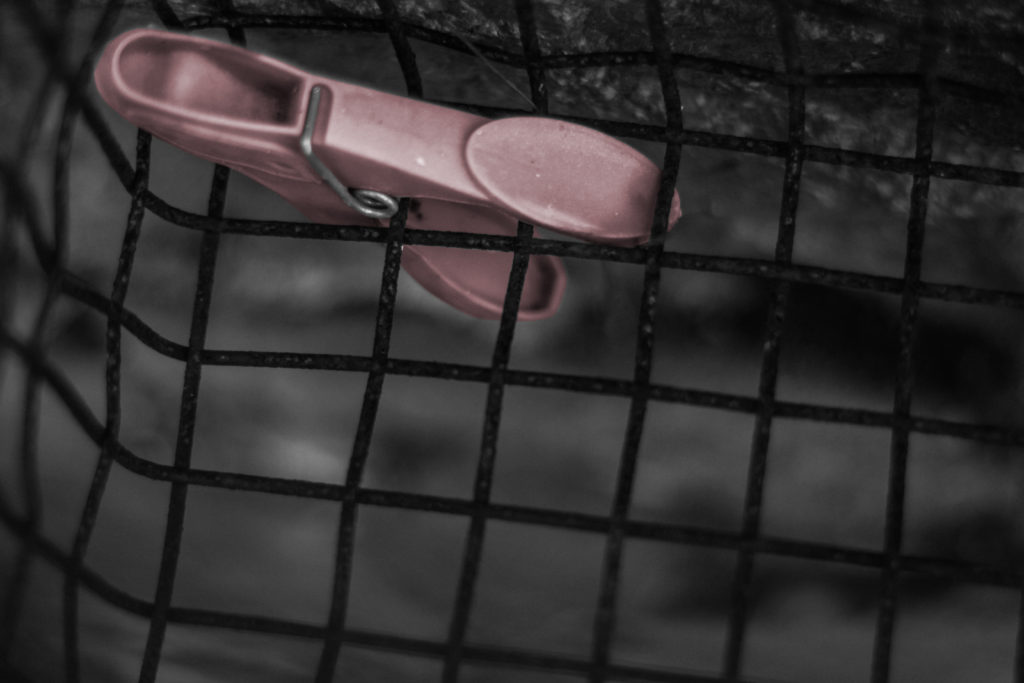
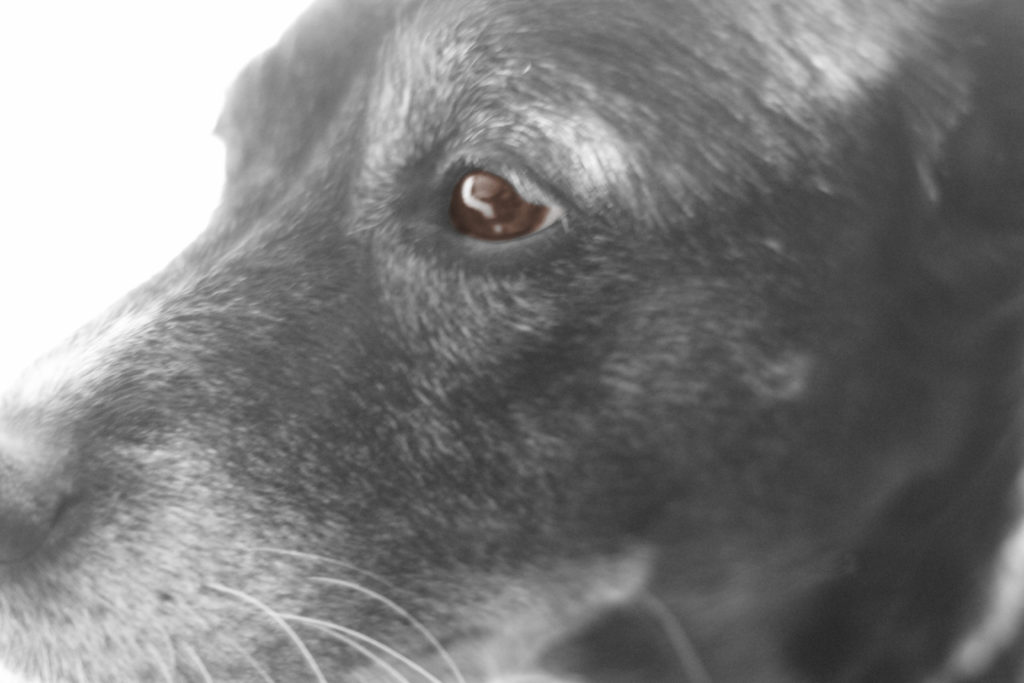
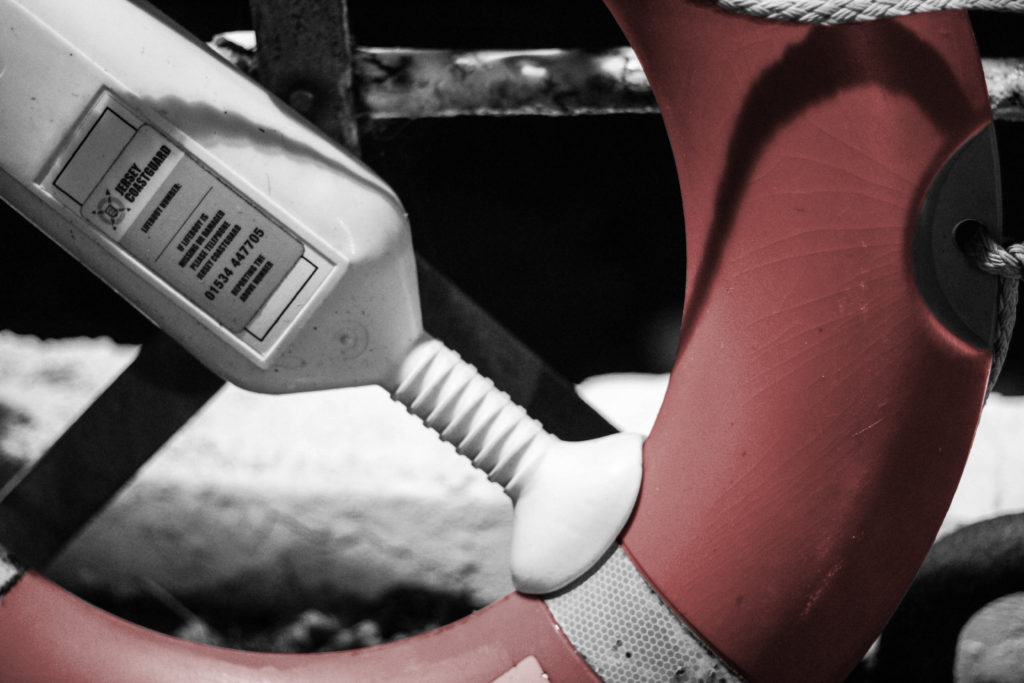 My aim whilst doing this was to only re-color the parts of the image that I believed stood out from the rest of the picture itself, for example the peg, eye and tubing. From this it would allow the viewers point of interest to drift towards what I want them to mainly focus on, allowing for a greater effect.
My aim whilst doing this was to only re-color the parts of the image that I believed stood out from the rest of the picture itself, for example the peg, eye and tubing. From this it would allow the viewers point of interest to drift towards what I want them to mainly focus on, allowing for a greater effect.

